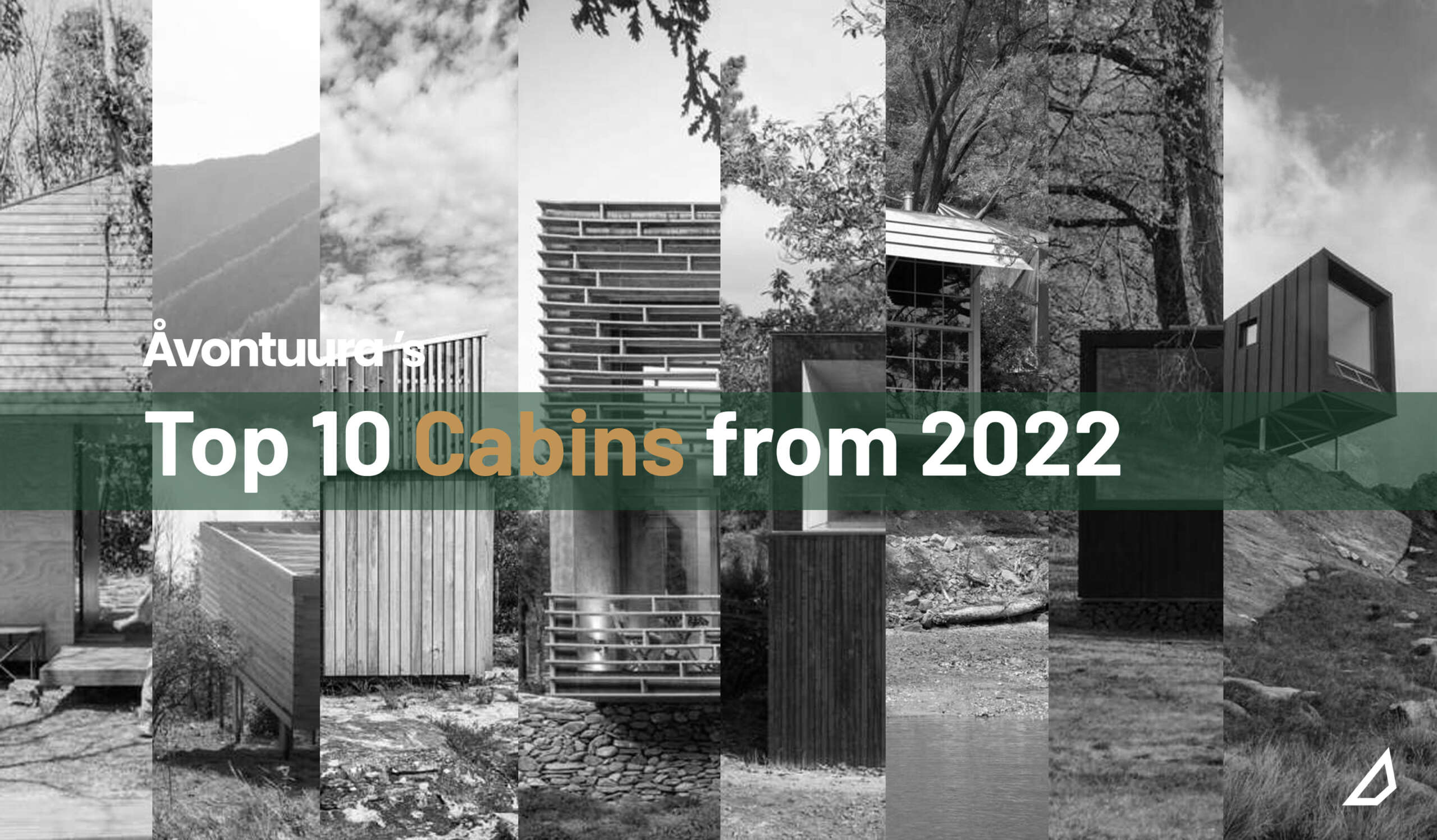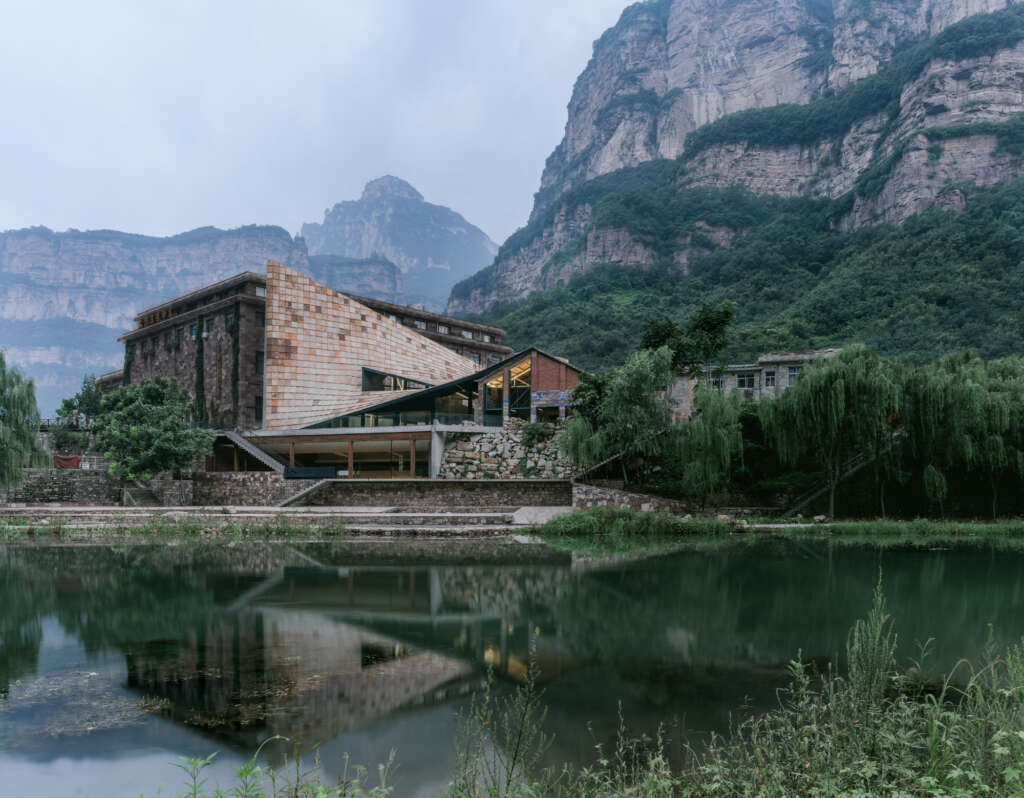
Taihang Xinyu Art Museum
Architect: Wang Chong Studio
Location: Shibanyan Town, Henan Province, China
Type: Museum
Year: 2023
Photographs: Zhu Yumeng, Coppak Studio
Taihang Xinyu Art Museum is inlaid in the streets and alleys of Shibanyan Town, Linzhou, with its back against Taihang Mountain and facing Cangxi River. The architecture repairs the texture of the village and town, activates the old warehouses, and activates the landscape interface, as if growing out of the landscape, and realizes the integration of the old and the new in the cramped site. Sustainably reuse local old stone materials, revitalize traditional stone crafts, and create a multi-level public open space.
The following description is courtesy of the architects. In the south Taihang Mountain near to Shibanyan Town, Linzhou, Anyang, Henan Province, driving along the road beside the stream, the upright cliffs, chopped with knives and axes, rush towards us. In Guo Xi’s painting theory “Linquan gaozhi”, there is a saying in the landscape training, “Taihang rests on China, and the face is Lin Lu”, here it can be said that the appearance is responsible.
Shibanyan Town is located in the Taihang Grand Canyon Scenic Area. In recent years, it has been promoted to the most important sketching base in the north with the positioning of “Chinese Painting Valley”. It is based on the background of the revitalization of rural cultural tourism that an iconic art gallery is planned to be built in the entrance to the town.
In order to avoid the inefficient development brought about by the check and balance of interests, rights and power, a tripartite cooperation model of government-artist-social capital is practiced here. The art museum supported by the policy provides aesthetic education and cultural benefits for the public, and erects a building for Linzhou. It is a cultural brand; it also provides a living room for cultural exchanges for the artist Meng Xinyu, who has painted the beautiful scenery of Taihang for a long time; it also provides cultural tourism income for local investors to maintain the operation of cultural facilities. The shaping of
multiple values brings sustainable long-term development.
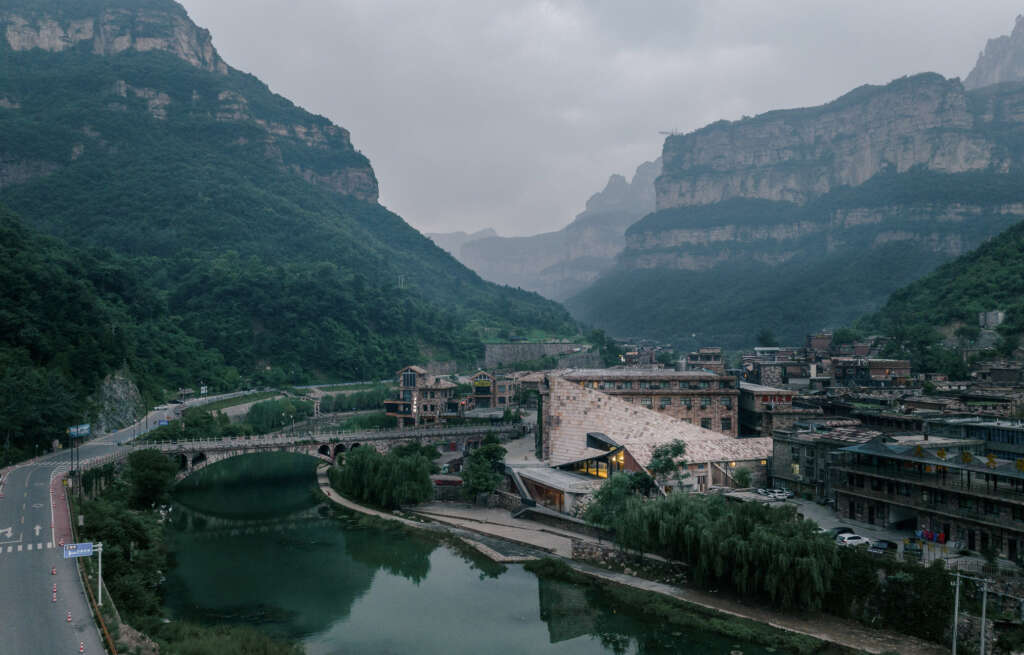
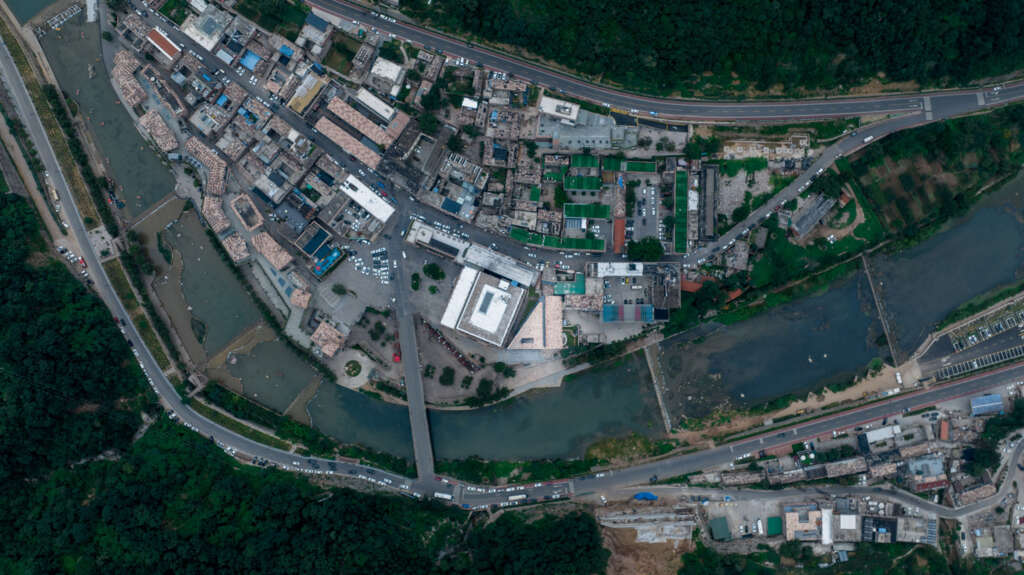
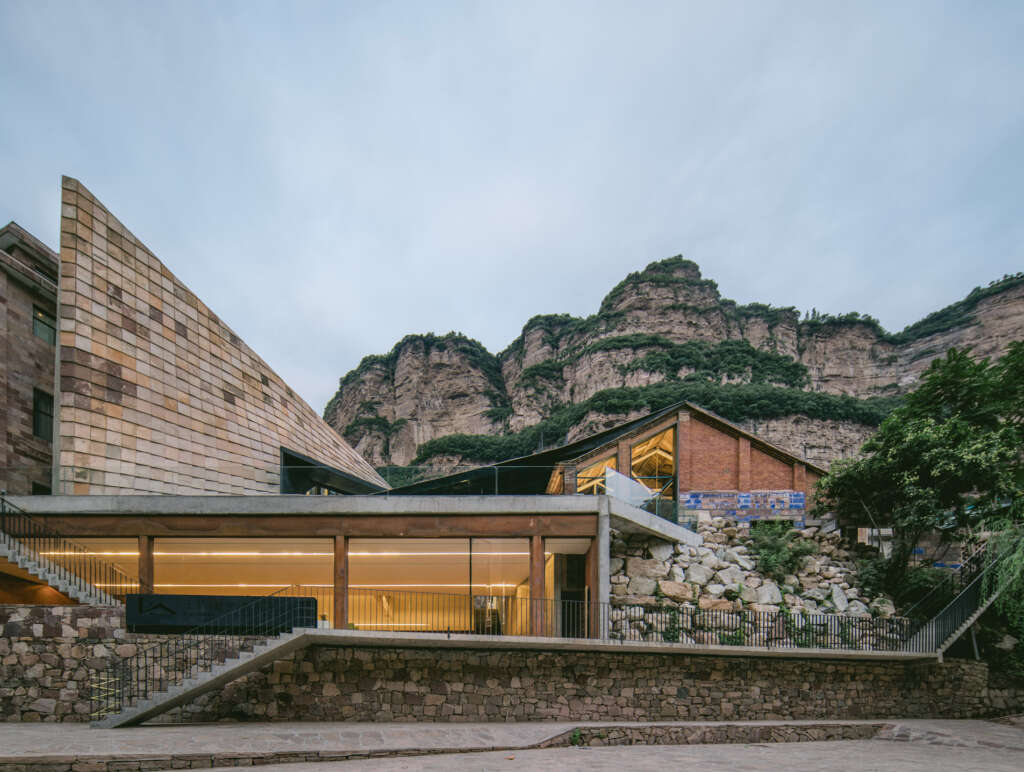
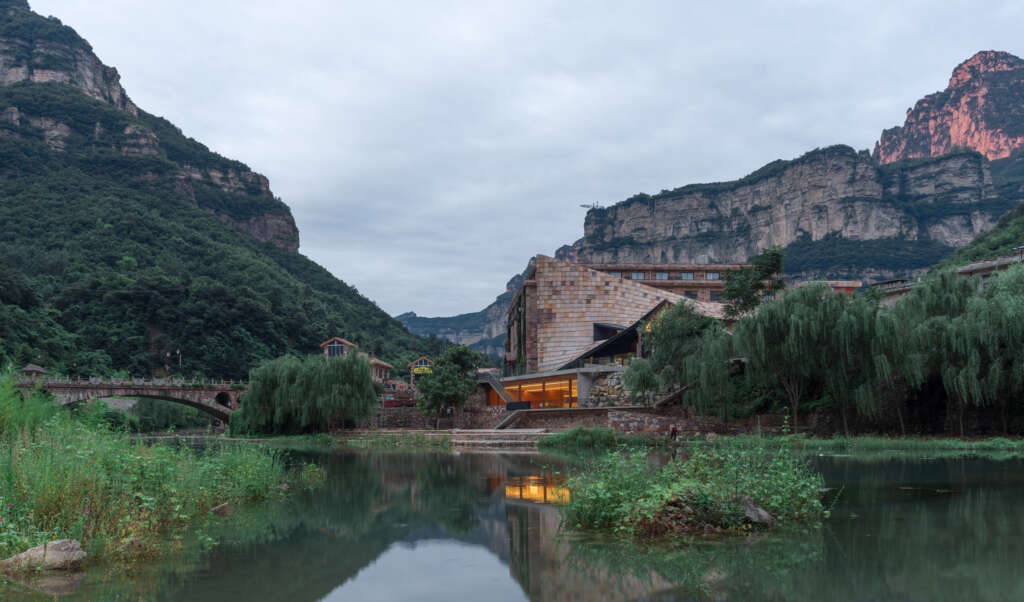
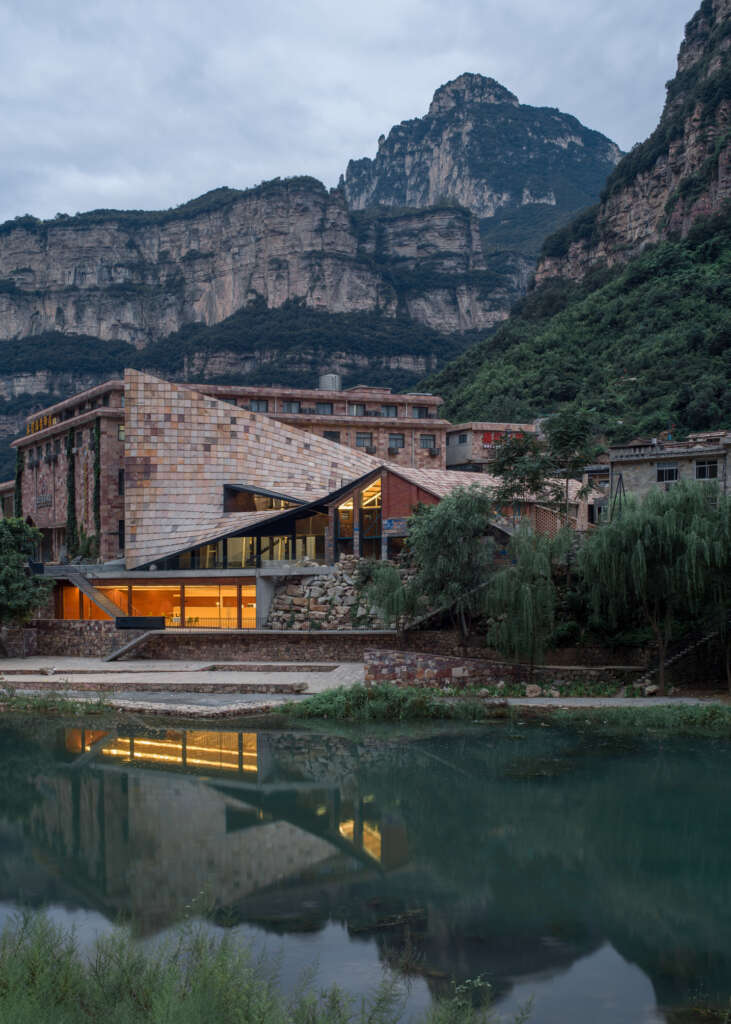
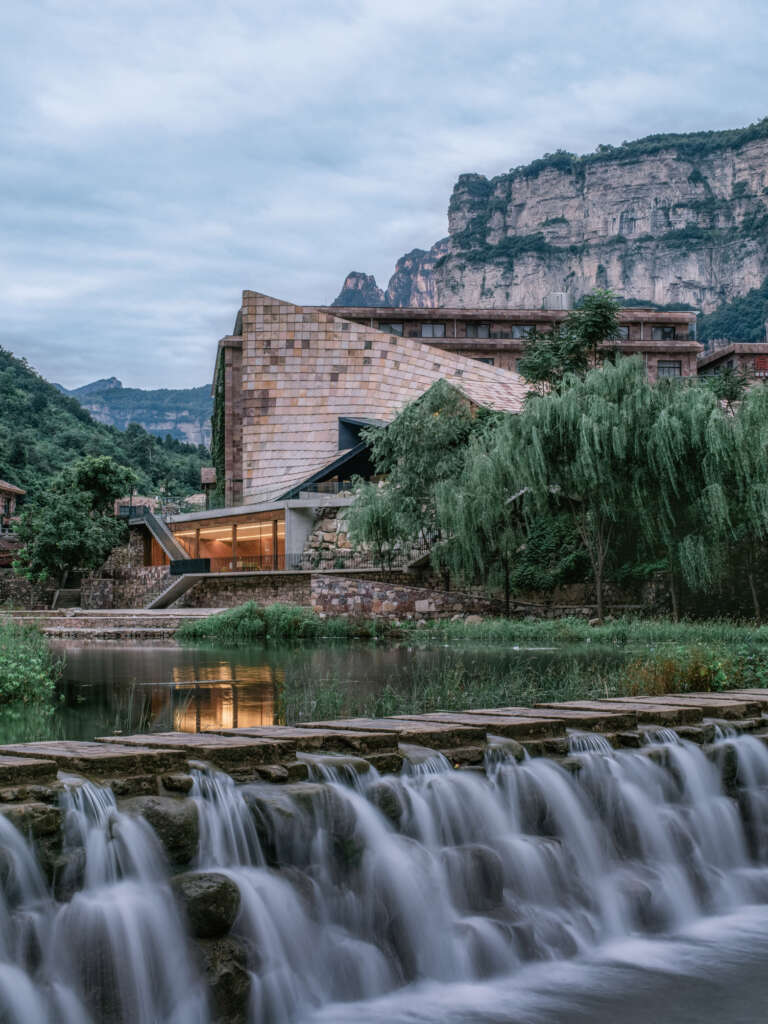
“Landmarks” grown from the environment
Experiments with “atypical” landmarks
The site is at the corner of the bridge at the entrance of the town, and tall and short buildings surround this triangular plot. Interestingly, the huge square box building on the south side of the site (a complex of supply and marketing cooperatives, exhibition halls and hotels), and the slope-roofed warehouse on the north side (to be preserved) suggest two common types of art museums.
This building bears the symbolic coding task of shaping the image. In the images of the consumption landscape, the types of art museums are usually divided into two types, one is “indifferent box”, and the White Cube is a public space for Western modern art exhibitions. The customary mode, thus stripping the works from daily life experience, makes the aesthetic experience happen in a pure, neutral and bright alienated “temple”. But in the Chinese rural context, it often becomes an abstract symbol of airborne.
The second option is to use local symbols. The buildings with sloping roofs satisfy the imagination of cultural nostalgia and seem to be able to realize the identity positioning of inheritance. However, this immediately fails in the complex urban texture here, and the building volumes of different scales will overwhelm it, reduced to a stereotyped performance. So, we tried a different approach.
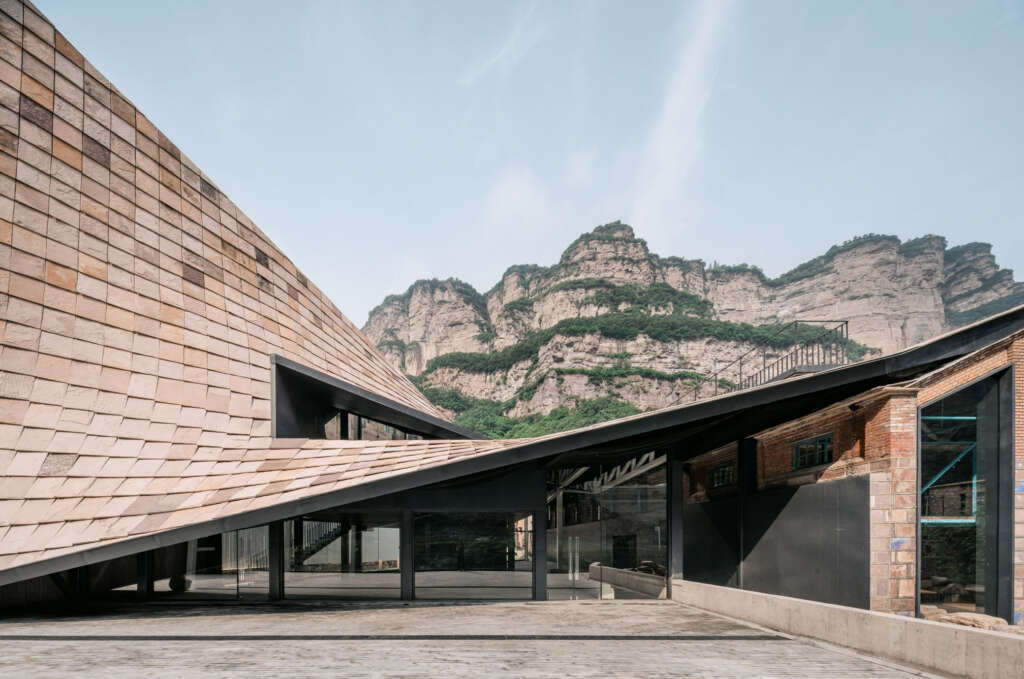
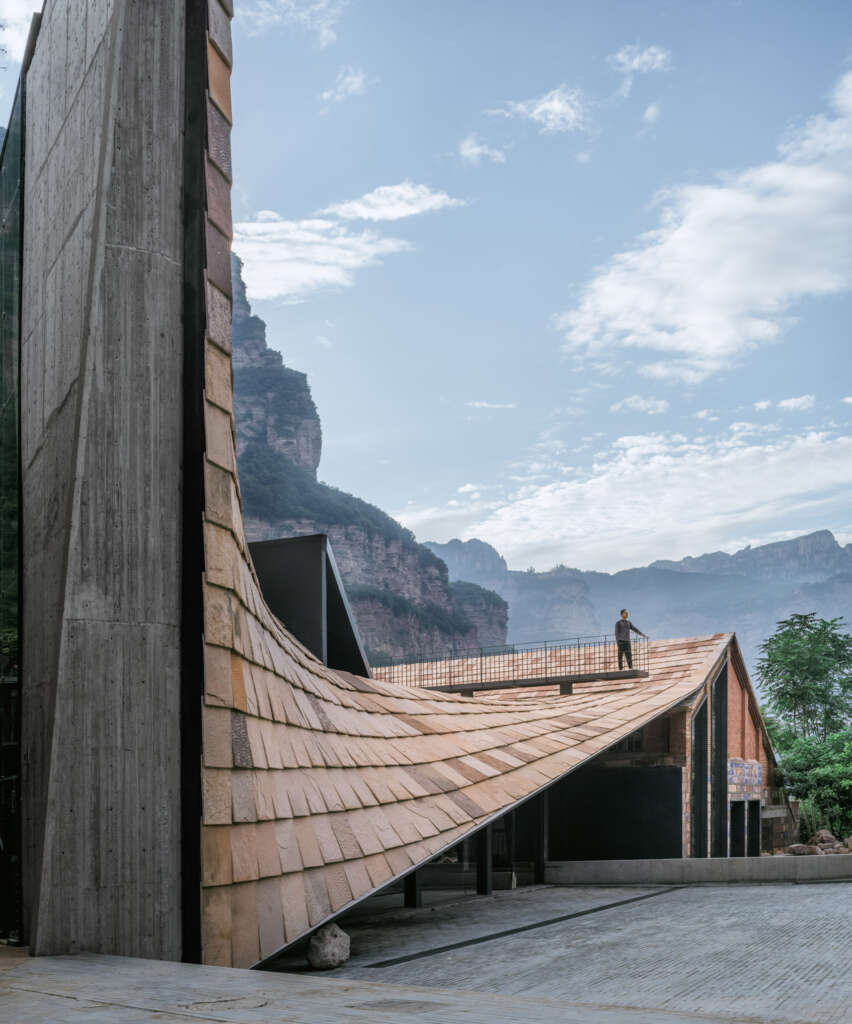
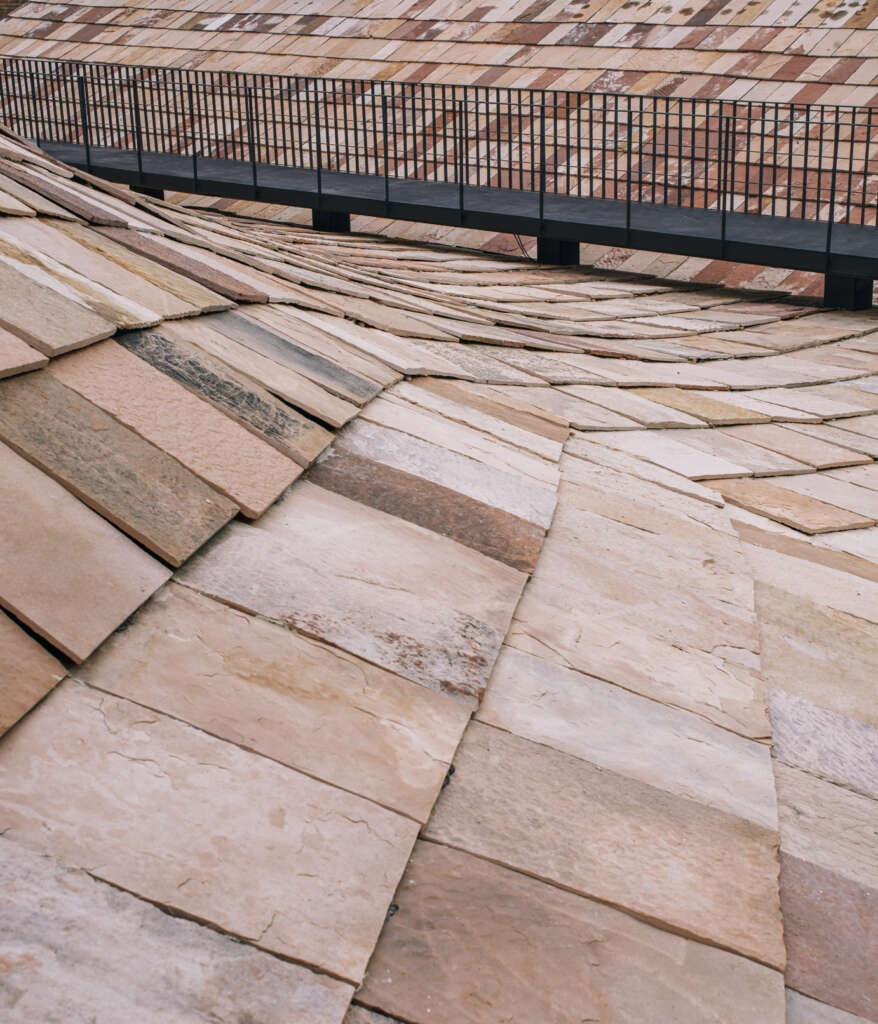
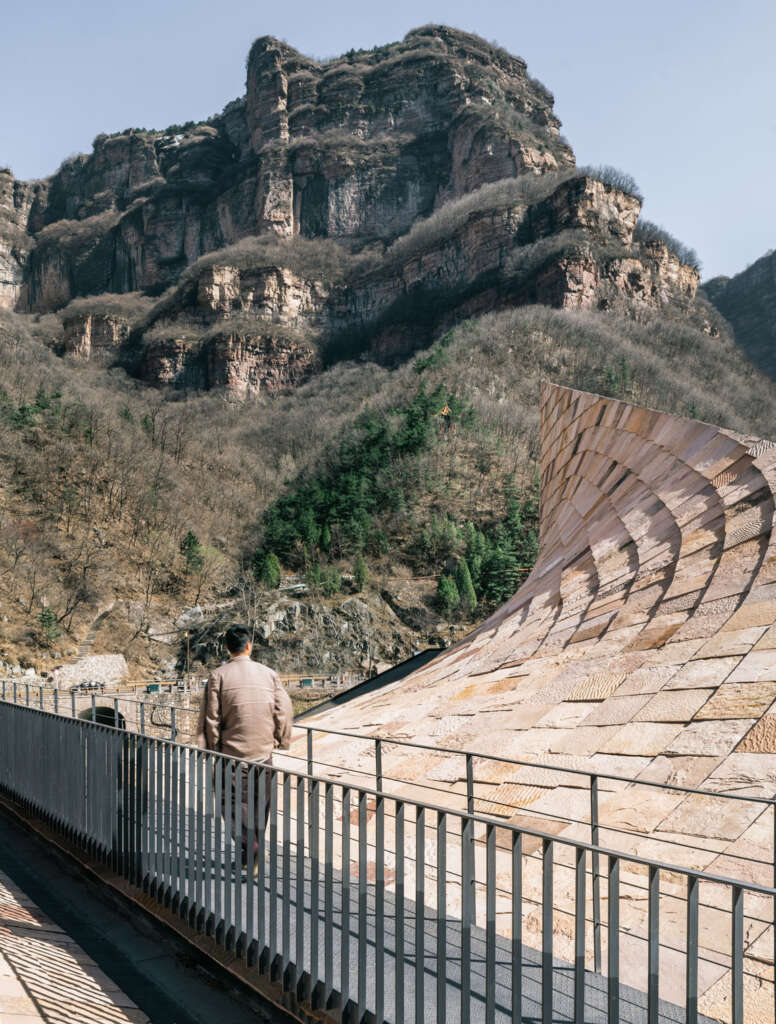
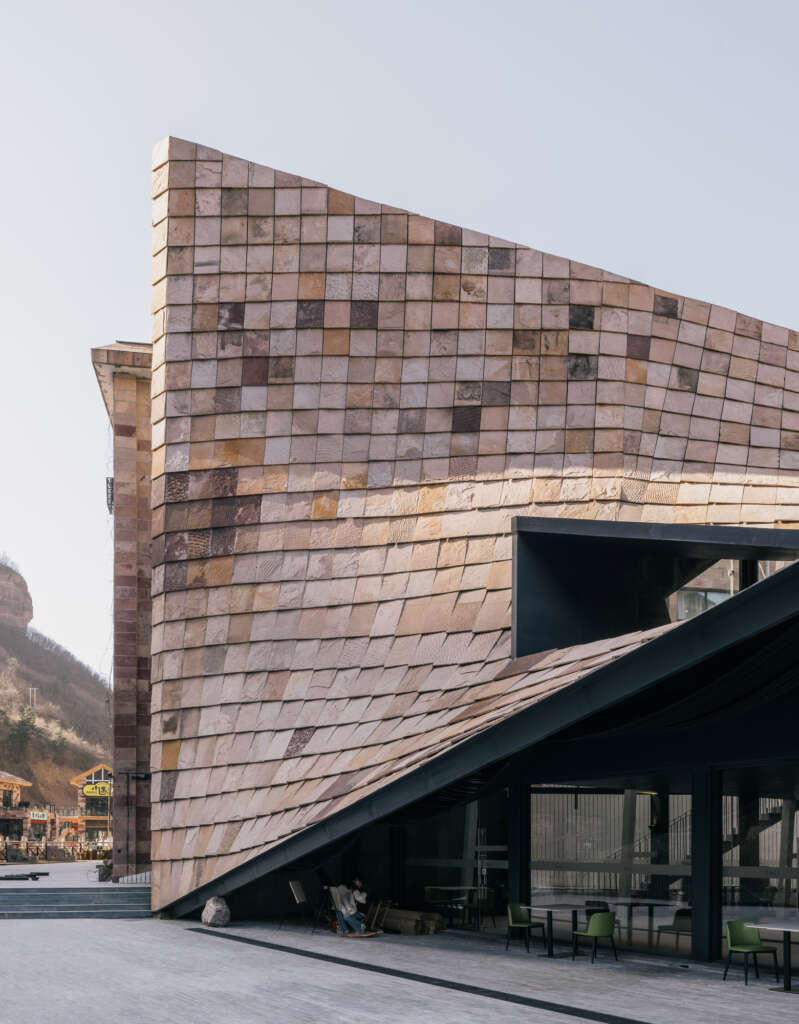
Experiment with a spatial interface that combines old and new
Surrounded by houses, this triangular site has become a negative space for kitchen exhaust and public toilet septic. In order to meet the requirements of lighting and ventilation, we cut out a long and narrow courtyard to realize the flow of people between the street on the west side and the waterfront on the east side, and leave all the remaining space for the art museum, which is connected with the old warehouse on the north side. Realize the stitching of the town texture.
The interface along the river becomes the focal point of the design. From a vertical perspective, the artificial order of the square house and the natural organic order of the mountain behind it form a conflict. In other words, the art museum should coordinate the ancient mountains rushing towards us and the emerging artificial towns at the foot of the mountain. Fan Kuan of the Northern Song Dynasty’s ” Travelers
amid Streams and Mountains ” gives the answer. In the picture is high mountains, standing upright, majestic, vast, and powerful. The trail slopes through the dense forest, and the mountain trails and streams form an intricate volume. We define the interface of the museum as the “porous” and “sloping” near mountain, and the zigzag extended zigzag path, which communicates the Cangxi River and the distant mountain, creates a sense of distance that retreats layer by layer, and triggers a sense of mystery in the
high and far view profound realm.
From a horizontal perspective, there is a height difference between the tall building on the south side and the old warehouse on the north side. If the new building is combined with a small volume, it will lose its momentum; otherwise, it will be difficult to coordinate with the warehouse on the north side. Therefore, taking advantage of the situation on the south side, the art museum wraps the old warehouse with a triangular surface to make it integrated. Then, an arc follows the eaves of the warehouse and draws to the ground.
Local residents and tourists mentioned two points, one is the subtle curved surface and bright stone color, which make it easily jump out of the environment, and stand out from the regular texture of the village and town with a gesture of “harmony but difference”, which is eye-catching But it does not destroy the beauty of nature, makes nature no longer monotonous, and adds to the aura of harmonious coexistence between man and nature. The second is that the building seems to grow out of the mountain environment, echoing
organically, as if it has been standing and growing for many years, with a strong sense of place, and its wildness can touch the context of Taihang.
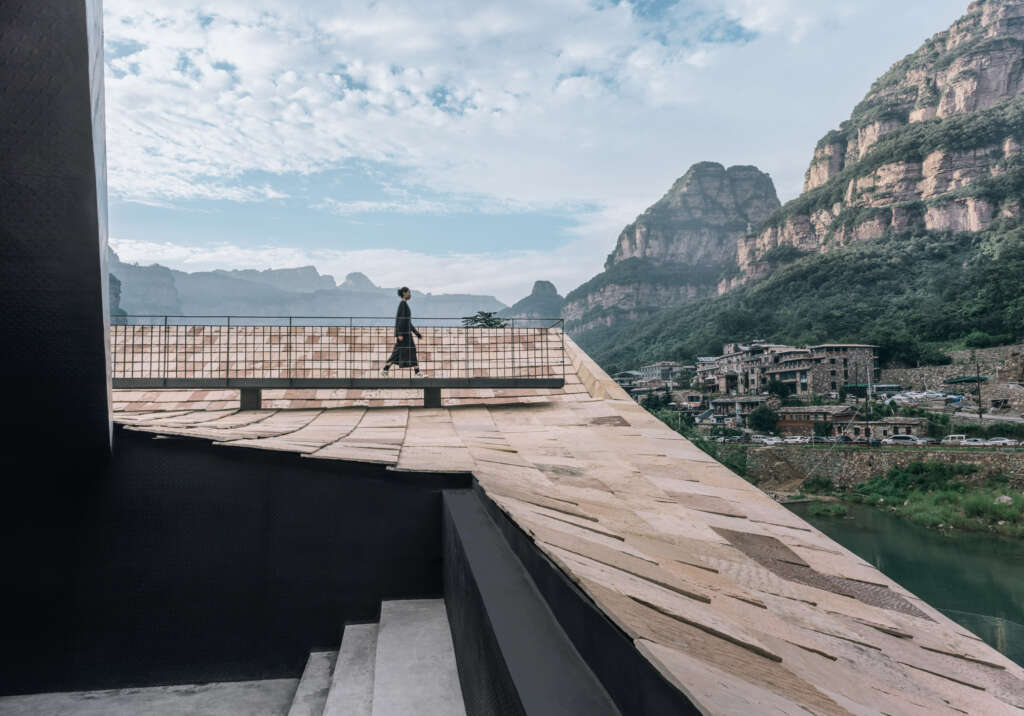
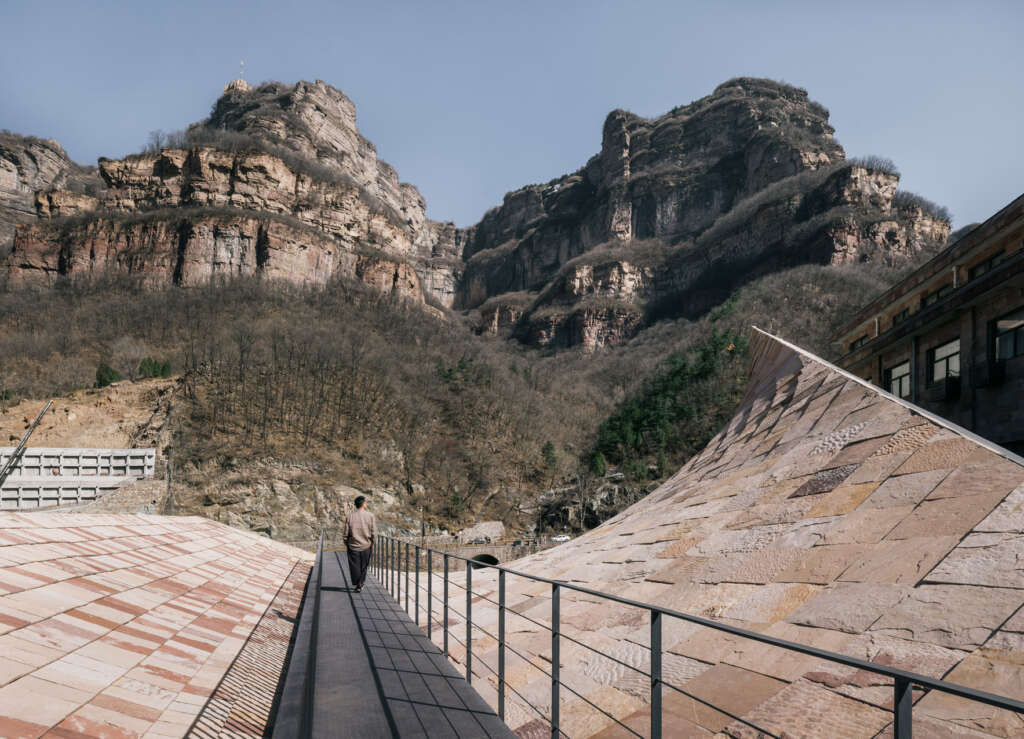
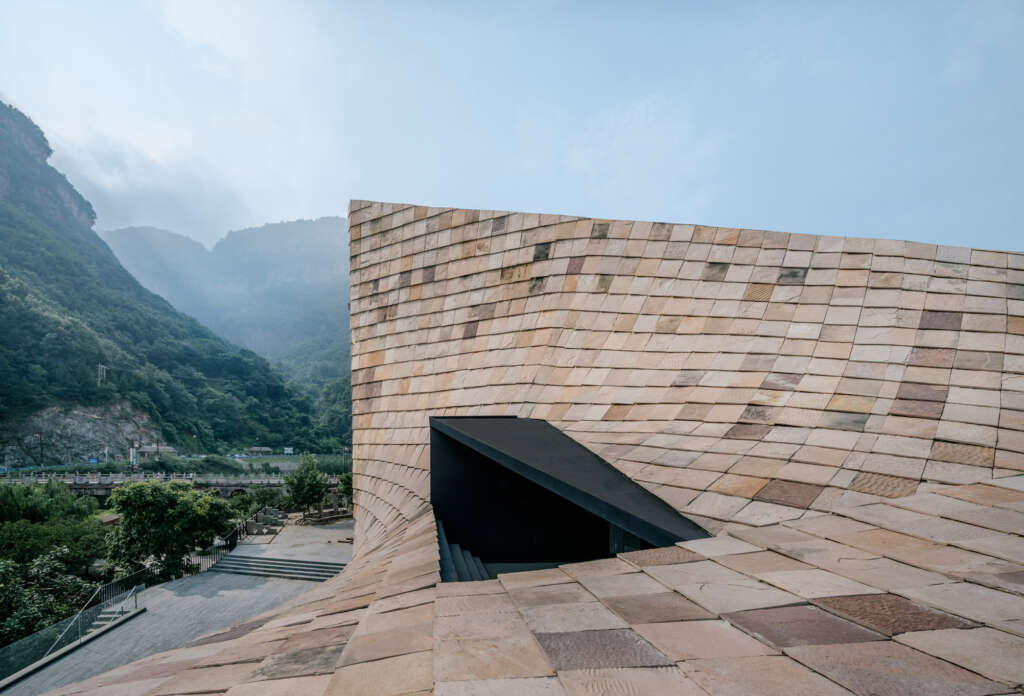
Building with the ancient stone for the new
When stone becomes the medium
As the name of the town conveys, for a long time, Shibanyan people and stone have been companions. Due to the lack of arable land, cofferdam terraces are formed by laying stones, which is a long-standing agricultural landscape in mountainous areas, and many village houses with stone walls and stone slabs as the roof still exist today; the older generations in the town once ” Moved Mountains”, participated in the construction of the Red Flag Canal Artificial Tianhe; and the craftsmanship of stone construction has continued from the Ming and Qing Dynasties to the present, and the simple and hard-working folk customs have made Linzhou the hometown of construction in the country and an important construction labor base.
However, under the impact of the commodity economy and cheap construction, the current buildings in Shibanyan Town often abandon the stone construction skills, and instead use simple wet-bonded surface materials to wrap the facade of the frame structure. We try to integrate efficient steel structure construction with traditional stone techniques. This is not a simple experiment, but is based on the consideration of cultural tourism brand building.
From the perspective of image communication, slates and stones are not only construction materials, but also a display medium. The experimental stone construction method is based on the continuation of local traditions and the realistic needs of low-cost construction. It embodies a sustainable design method that reduces material and resource consumption. The local construction method also reshapes the simple and rustic aesthetics of daily life.
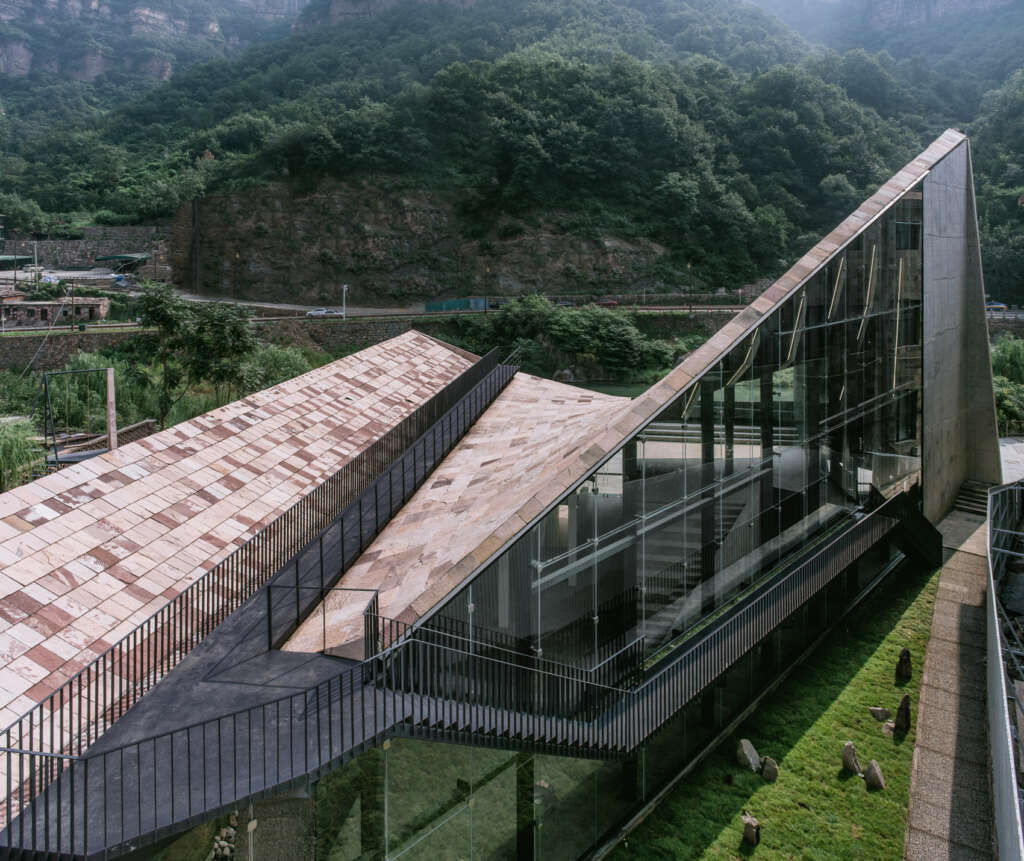
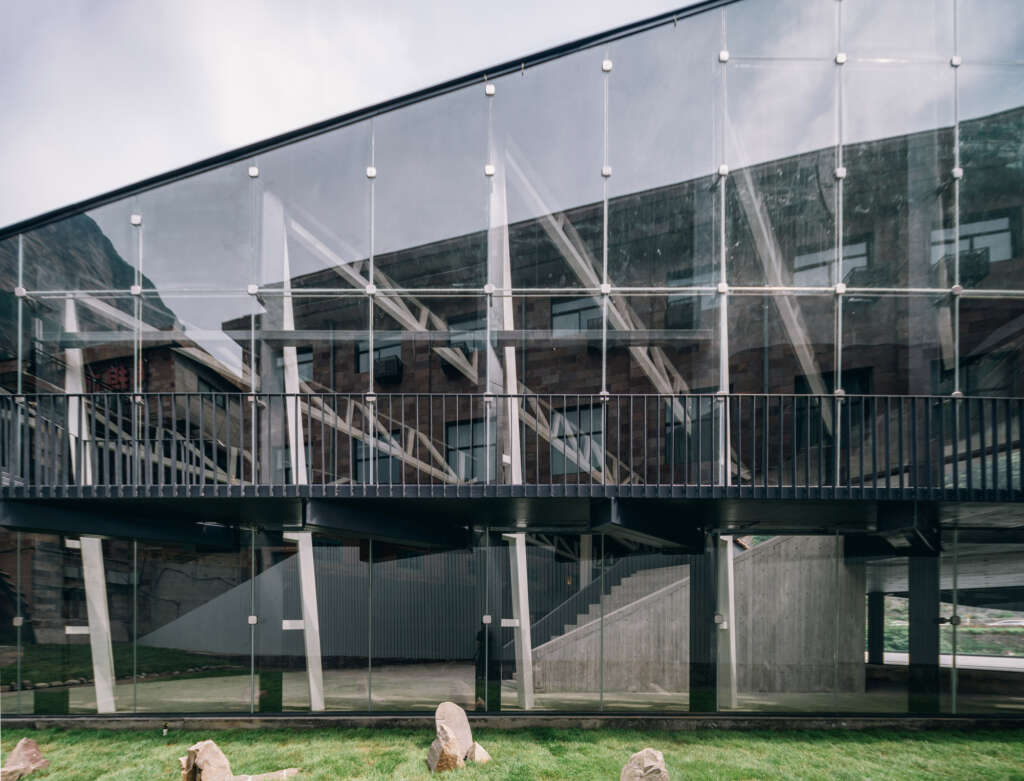
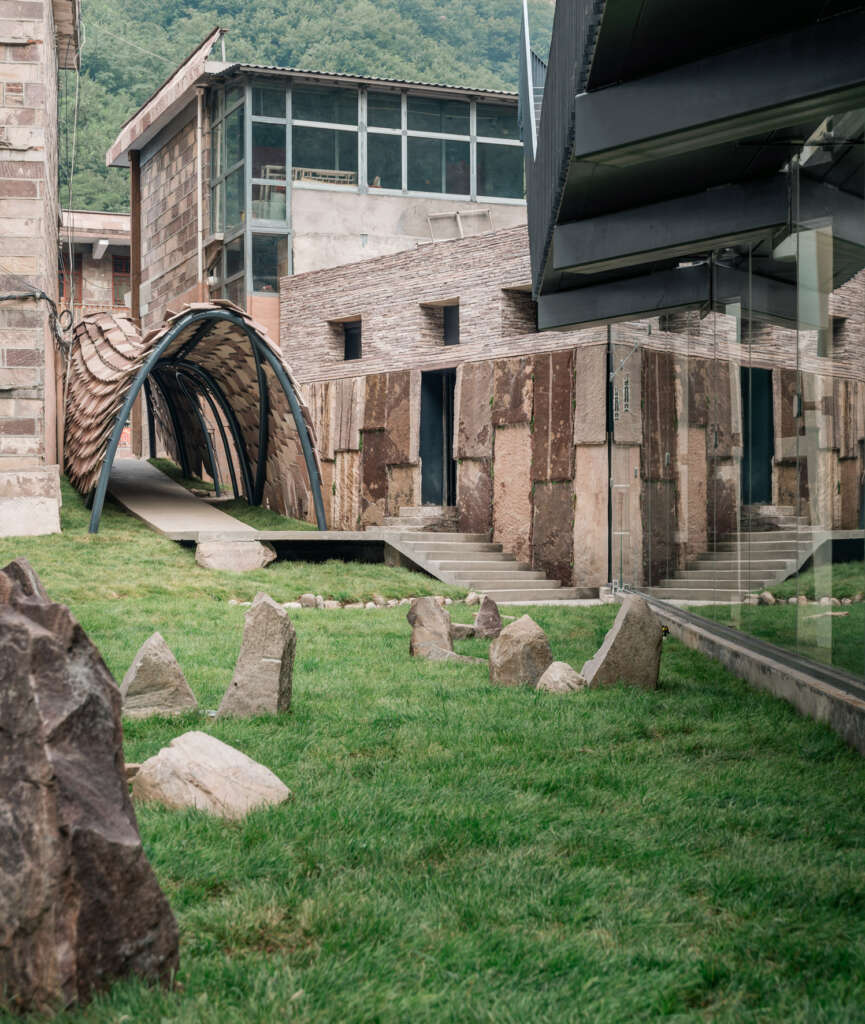
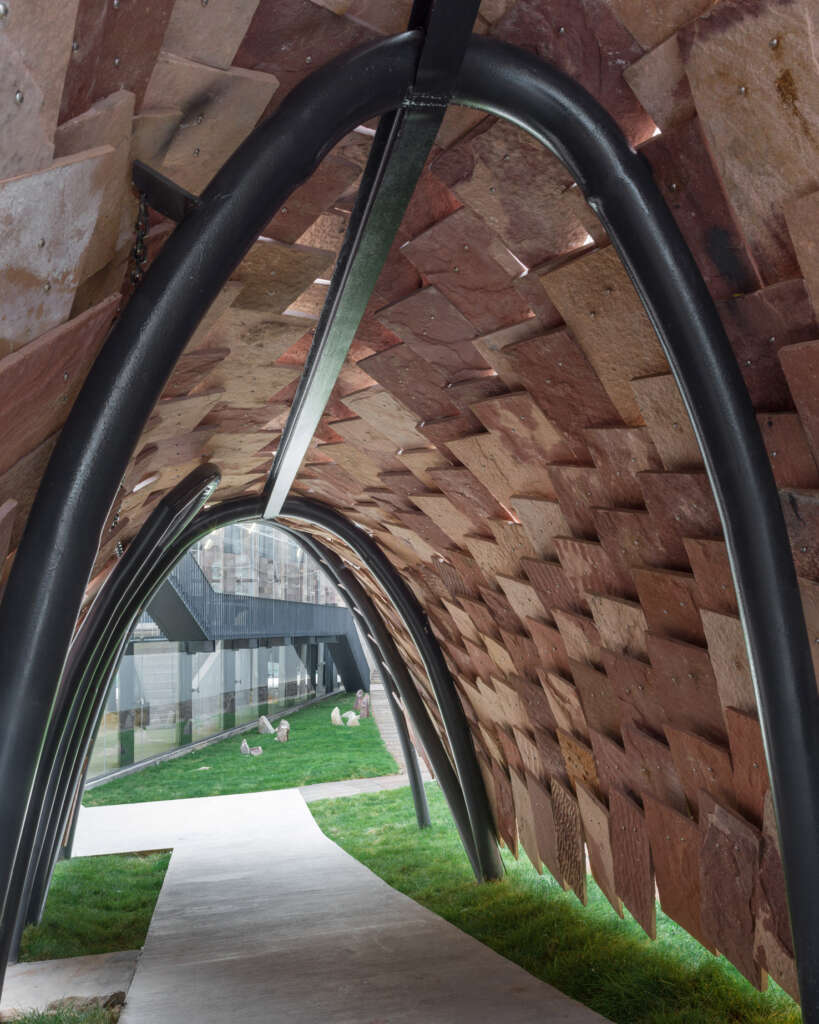
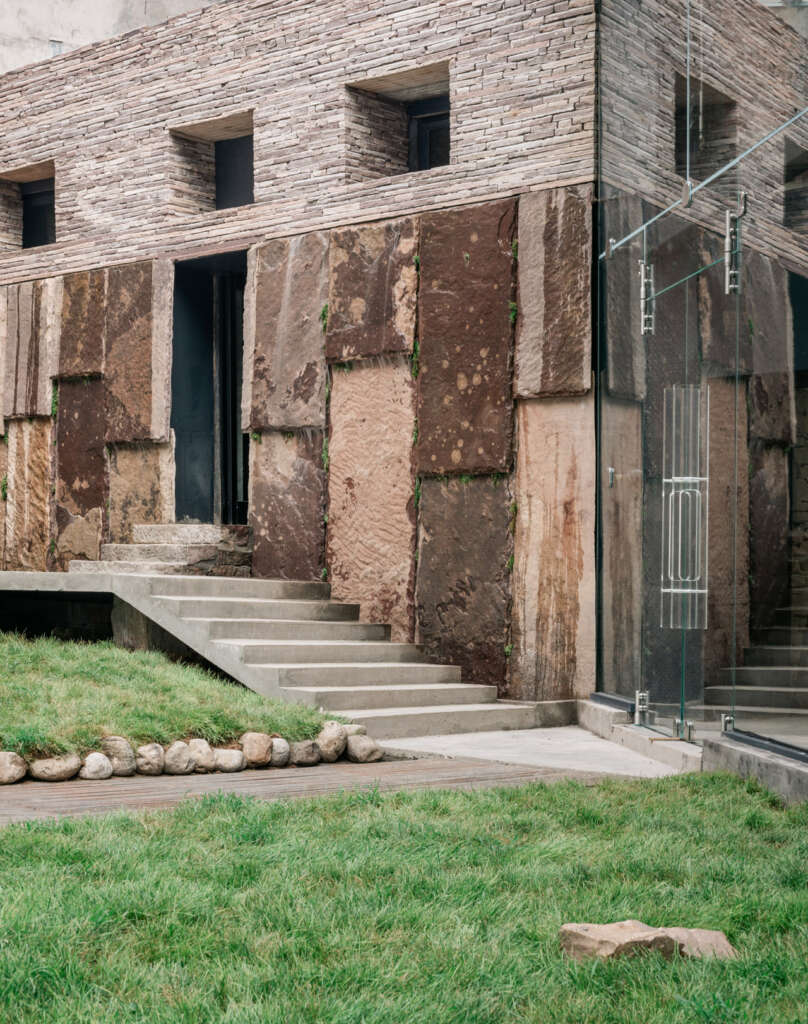
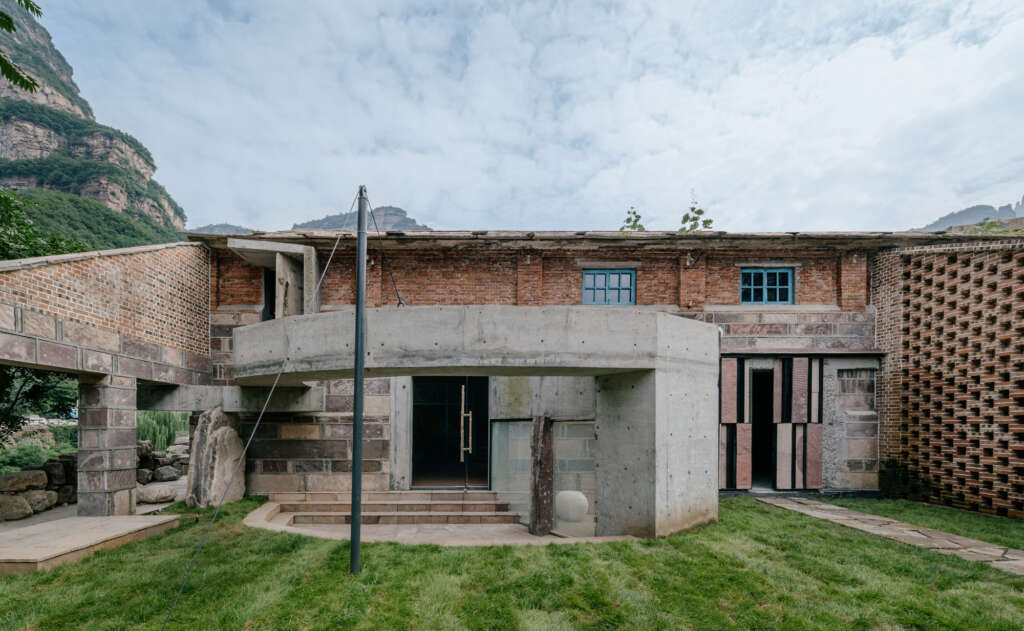
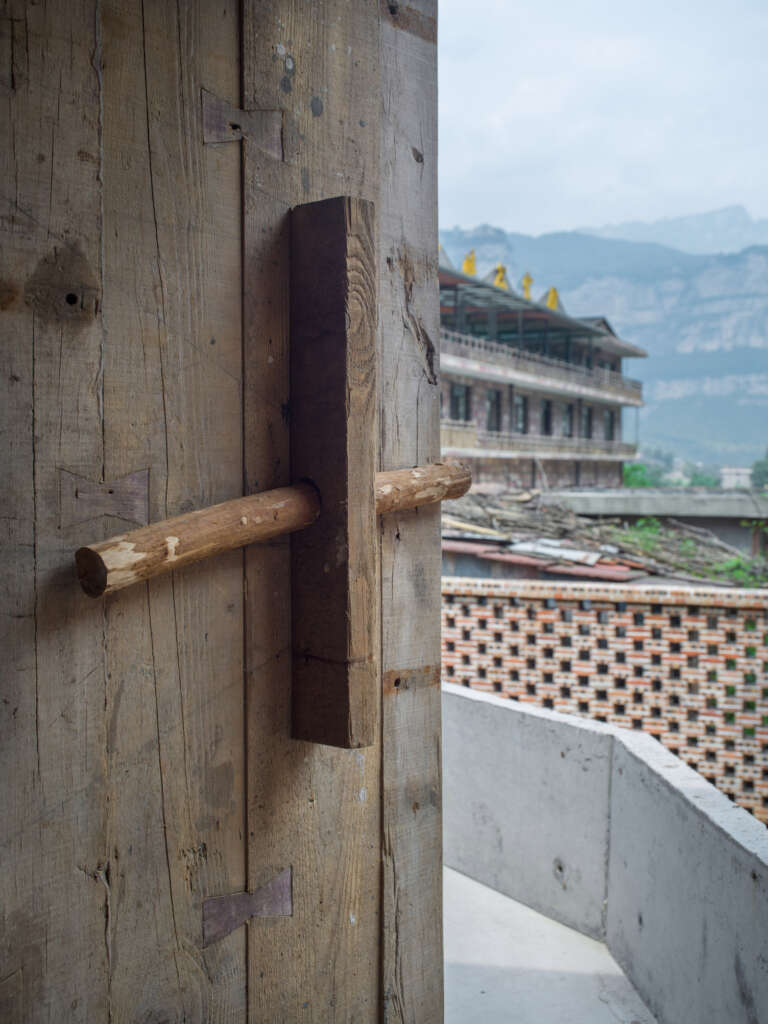
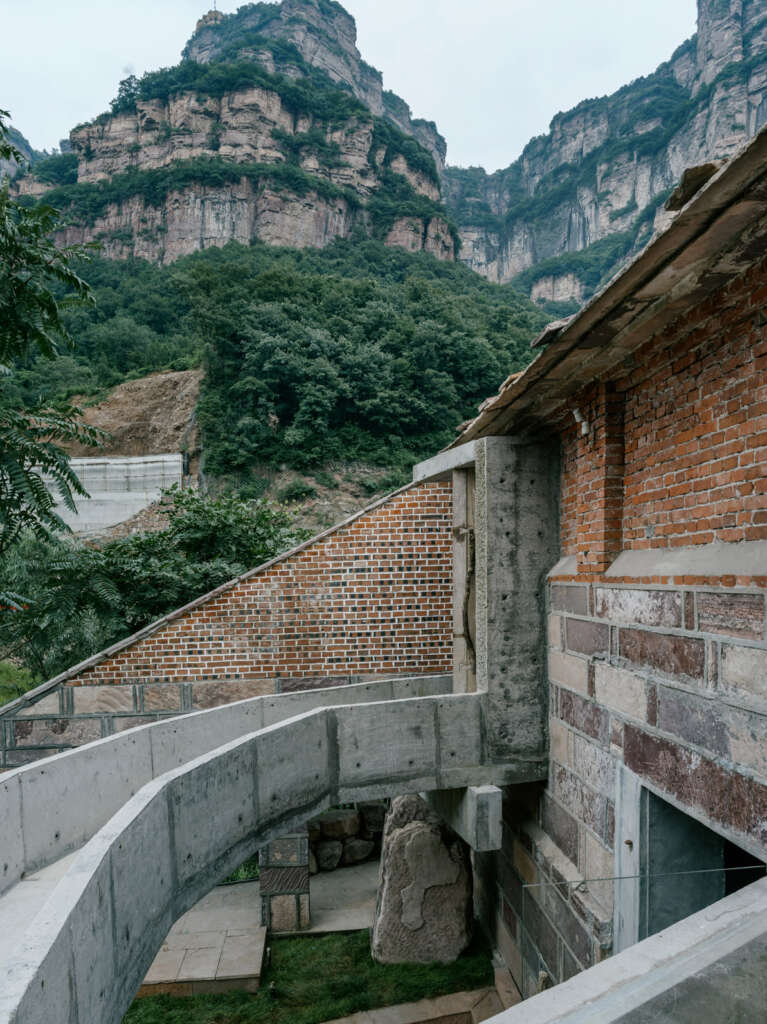
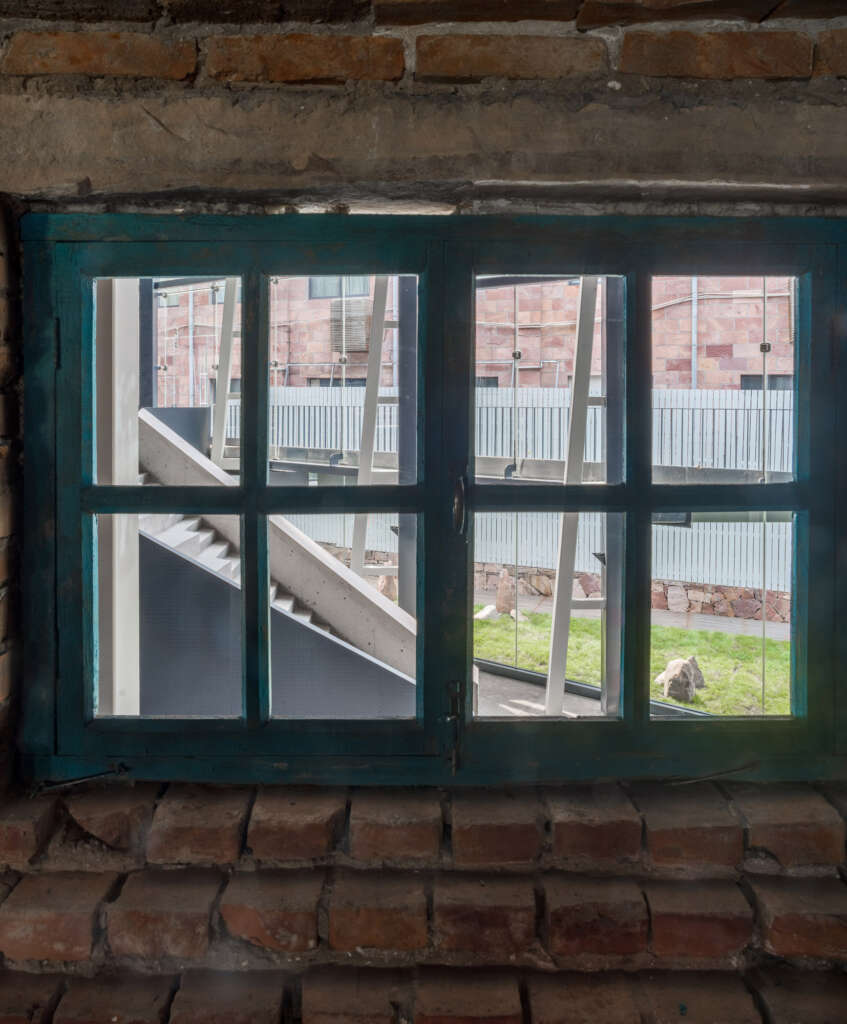
- Collect a large number of old stone slabs for recycling. The rich color and texture of red sand slate are full of artistic expression. We use new technology to mount it on the roof. The thickness of the slate is 4 cm, and the plane size is about 60*80 cm, 1,600 pieces with a total weight of 70 tons. The laying of stone slabs starts from the southeast corner, unfolds along the vertical and horizontal axes, and gathers at the eaves on the west side. The color distribution is controlled during the mounting process, and cut and adjusted in time as needed. For this reason, the local master workers also simplified the steel structure, forming each truss through the connection of two elevation points, which facilitates construction and meets the compliance of the roof curvature.
- Dig the hillside under the art museum to become a restaurant. The concrete retaining walls on the north and south sides of the restaurant are irregular. When encountering huge stones during the excavation process, they will be changed according to local conditions. The red terrazzo floor is also made of local red sandstone. aggregate.
- A large number of stones were produced during the excavation of the hillside, which were used for the masonry of the waterside embankment and the arrangement of garden landscape stones.
- The huge stones excavated and collected in the stream are used as the supporting foundation for the warehouse attic. The lightness of the steel structure contrasts sharply with the roughness of the stones. The walls of the warehouse expose their masonry texture to display paintings, forming a white hall, a black hall and a studio.
- The walls of the warehouse expose their masonry texture to display paintings, forming a white hall, a black hall and a studio. The pebbles become the foundation of the building structure and the counterweight on the steel plates of the courtyard stairs on the north side.
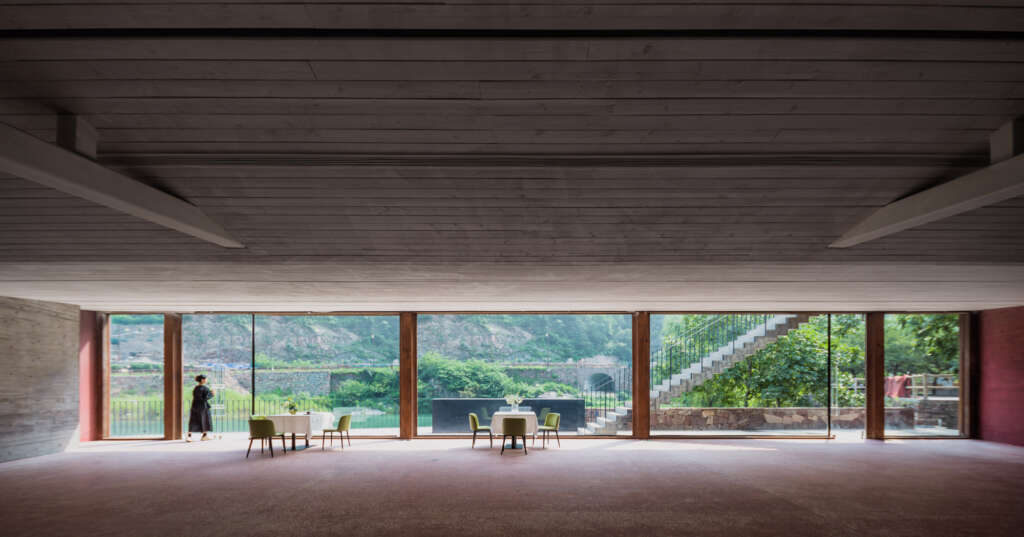
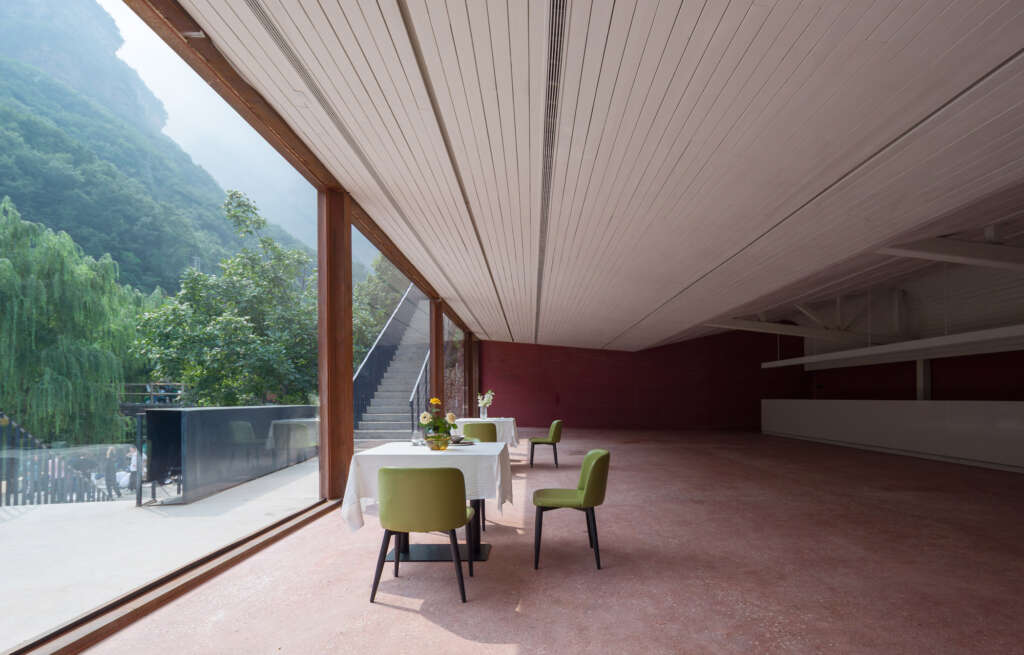
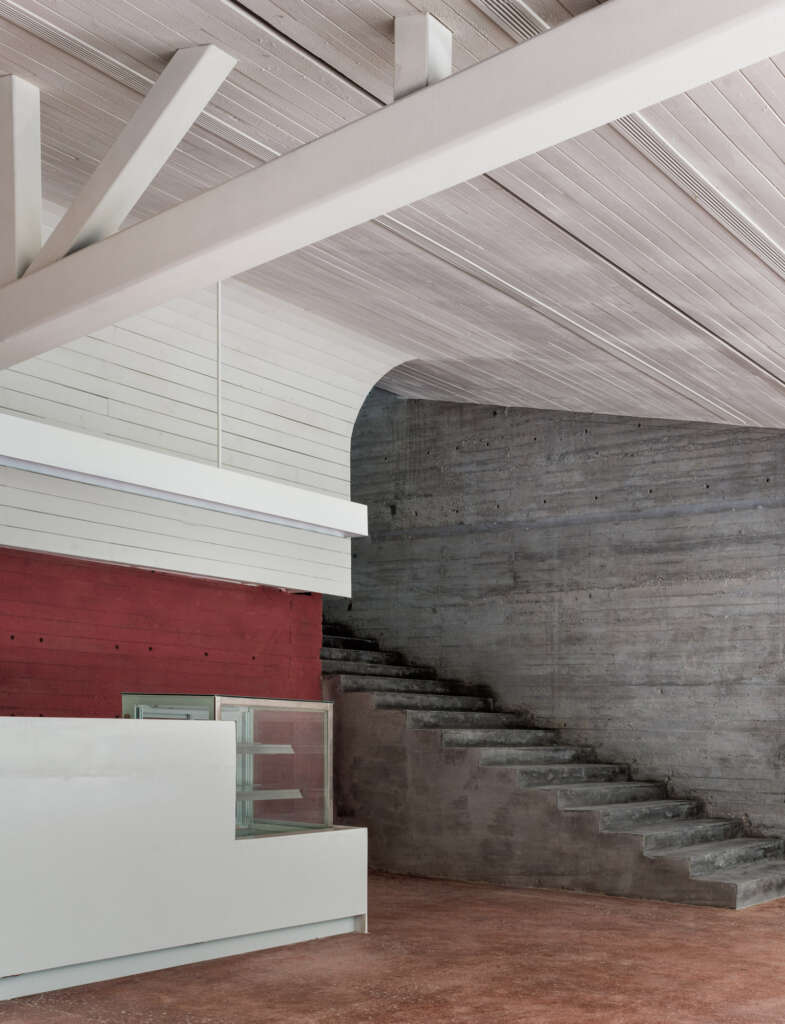
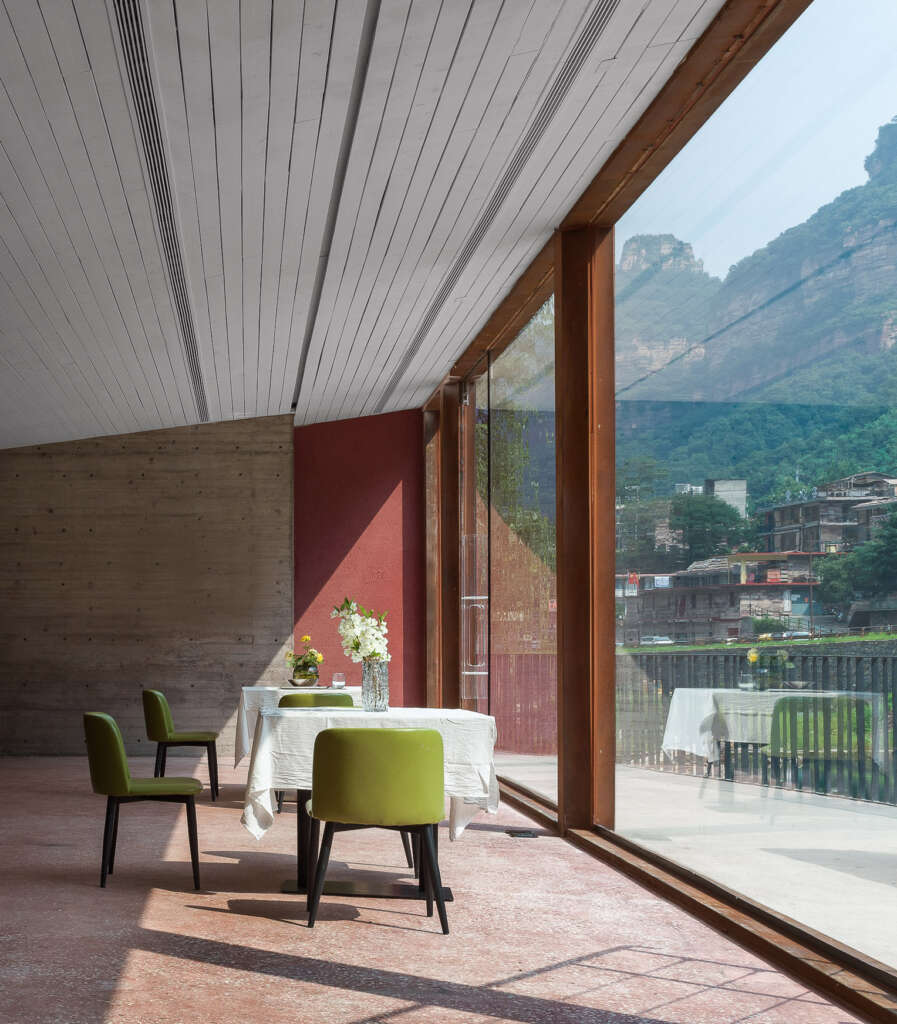
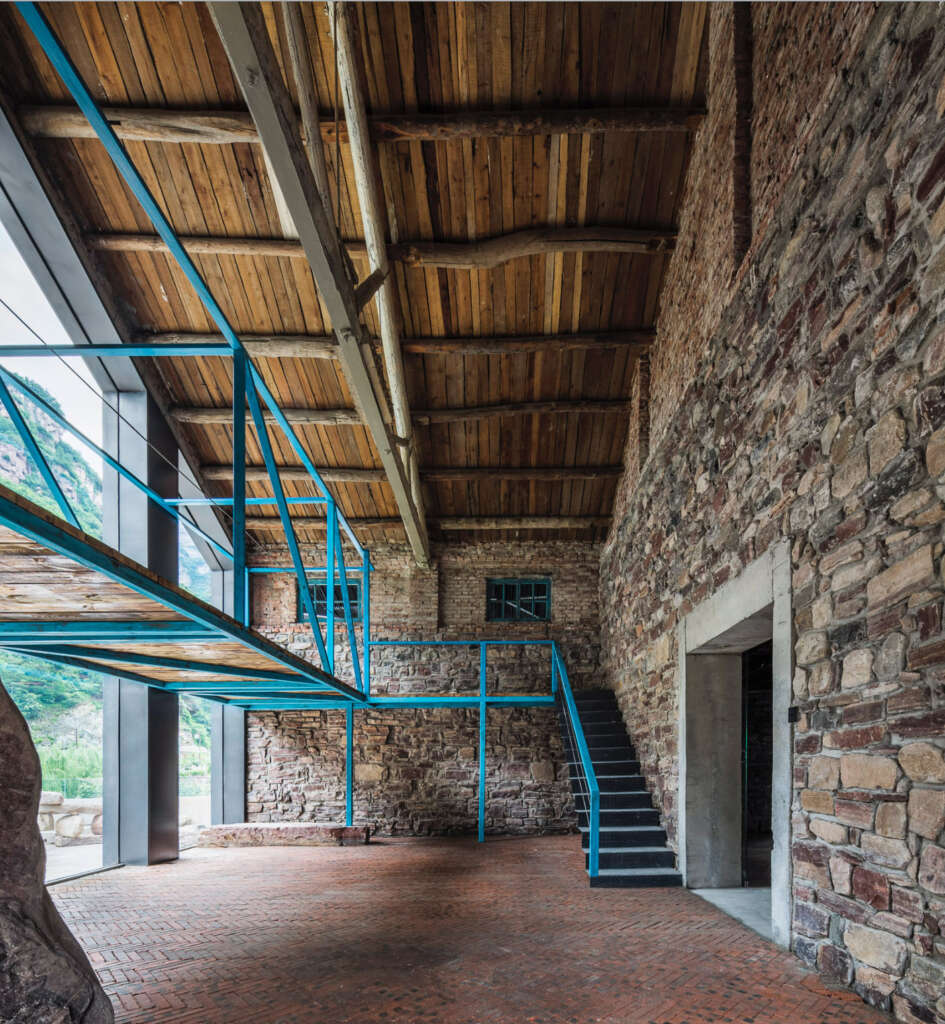
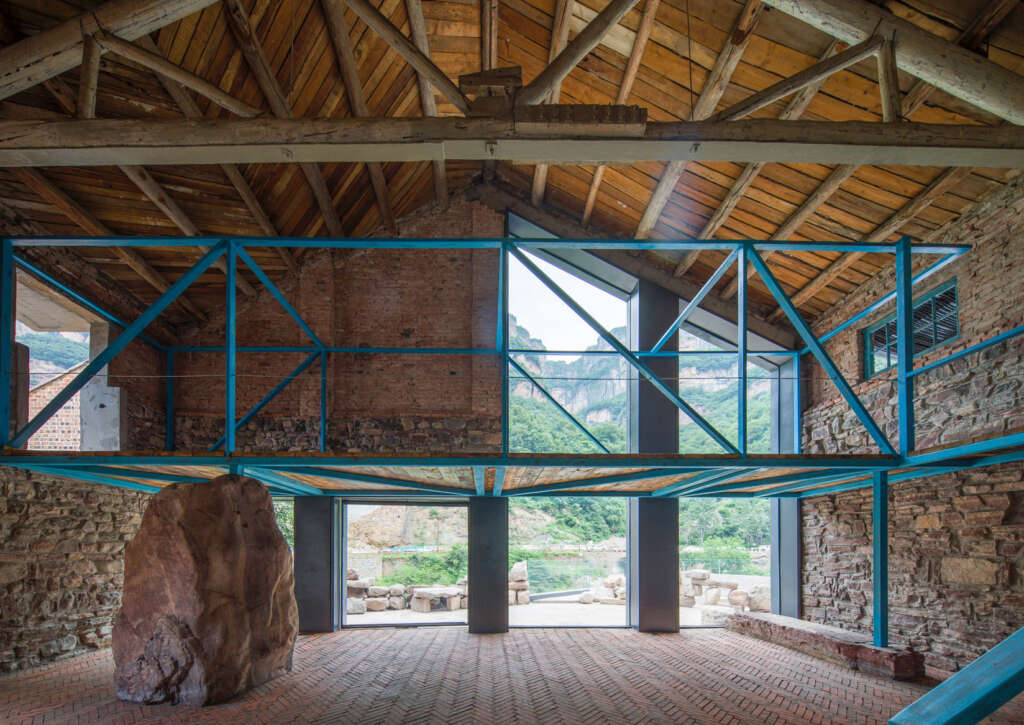
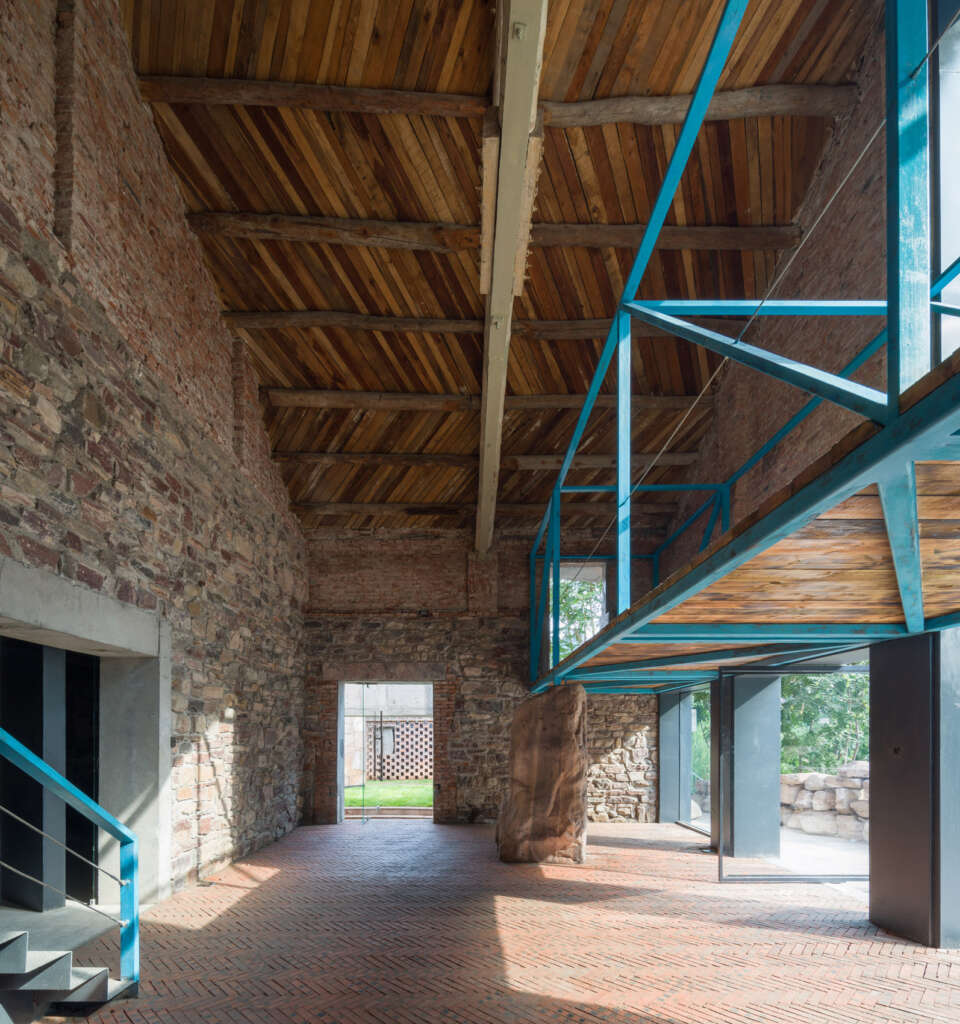
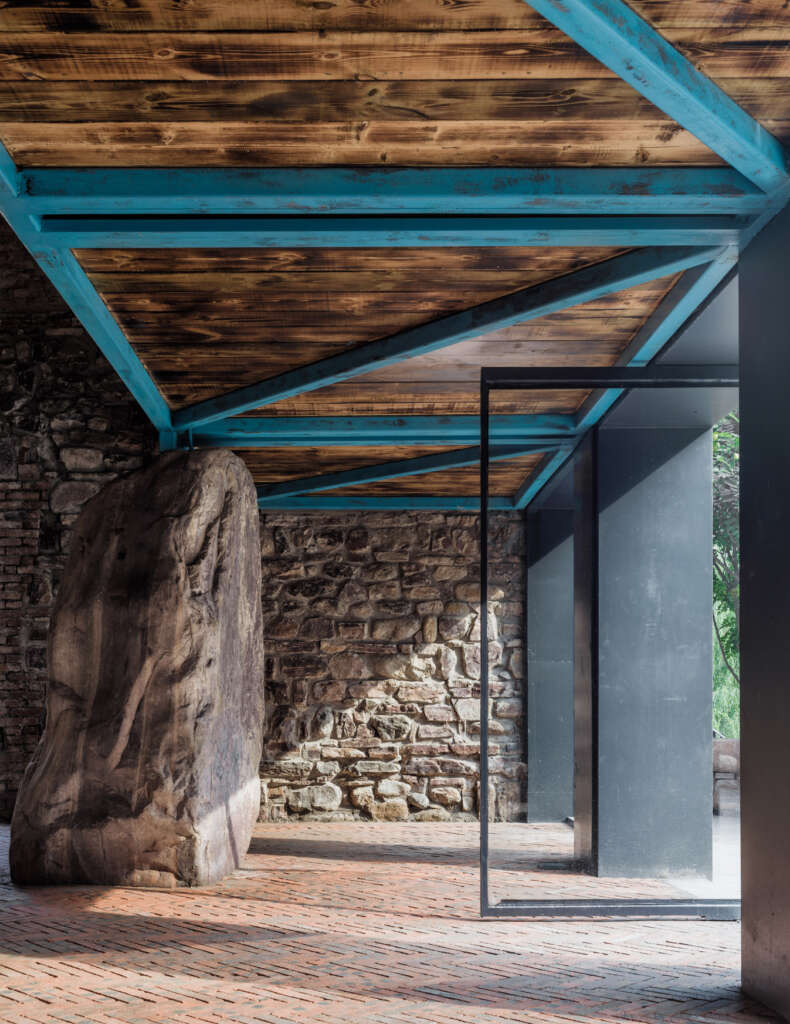
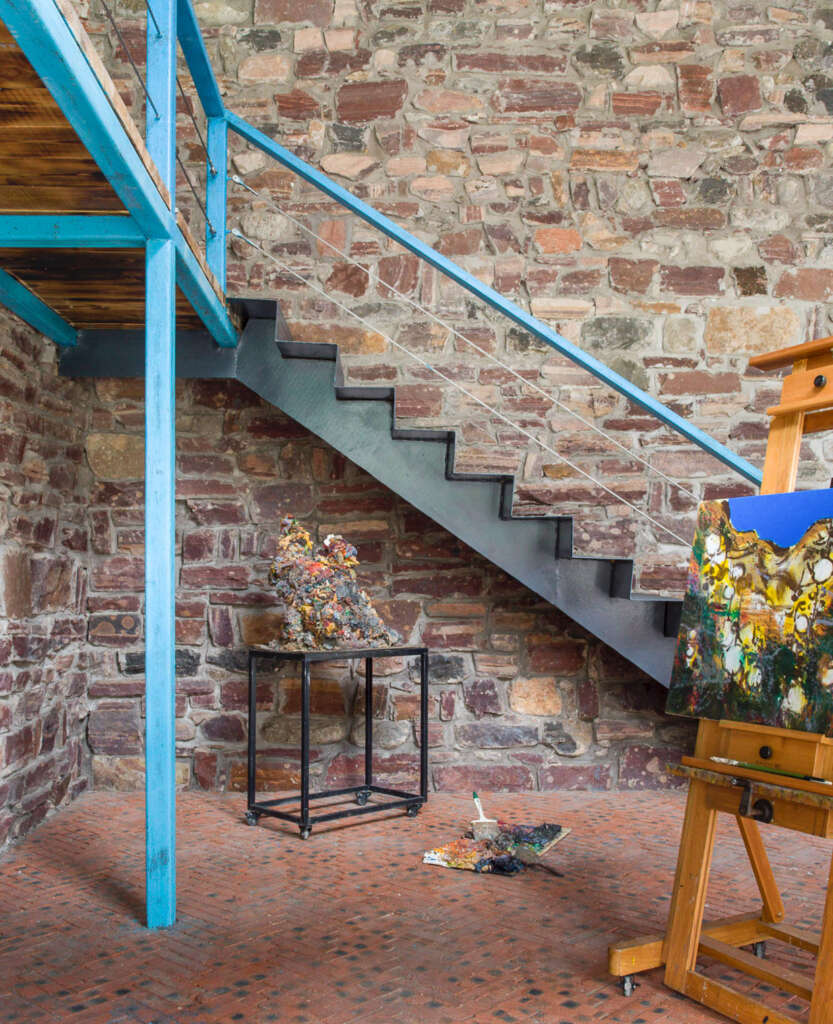
Familiar with strangeness
Modern art museums often isolate the situation of artistic creation from the situation of public viewing, and create a worship of artworks with an alienated white box atmosphere. In the context of a small town, it is necessary to create an aesthetic experience of daily life. We expose the simple and rustic building materials, so that residents who face stones all day long find a familiar sense of strangeness, and let many sketching students feel free and open. At the same time, let the painter Meng Xinyu face the audience with the idyllic lifestyle of “Lin Lushan House”. One day, when the artist and his friends are swinging and drinking tea in the small courtyard in the north, let the passers-by chat together.
Specifically, the continuous trail runs through the facade of the building, modern building materials and local sandstone materials are intertwined and stretched, and many landscape images (curved alleys, long bridges, folded paths, stone foundations, gazebos, caves, and water walls). Interspersed among them, layers of platforms make people embrace nature, the old and new facades are exchanged harmoniously, and the simple elements are fresh and lively. Stepping into the interior, the old warehouse is transformed into an exhibition hall, and natural boulders are used to support the mezzanine. It has a tense space expression; the wall of the cafe at the bottom extracts red sandstone tones to create a fashionable atmosphere, and a single piece of floor-to-ceiling glass of 21 square meters ensures a broad view of the mountains and rivers.
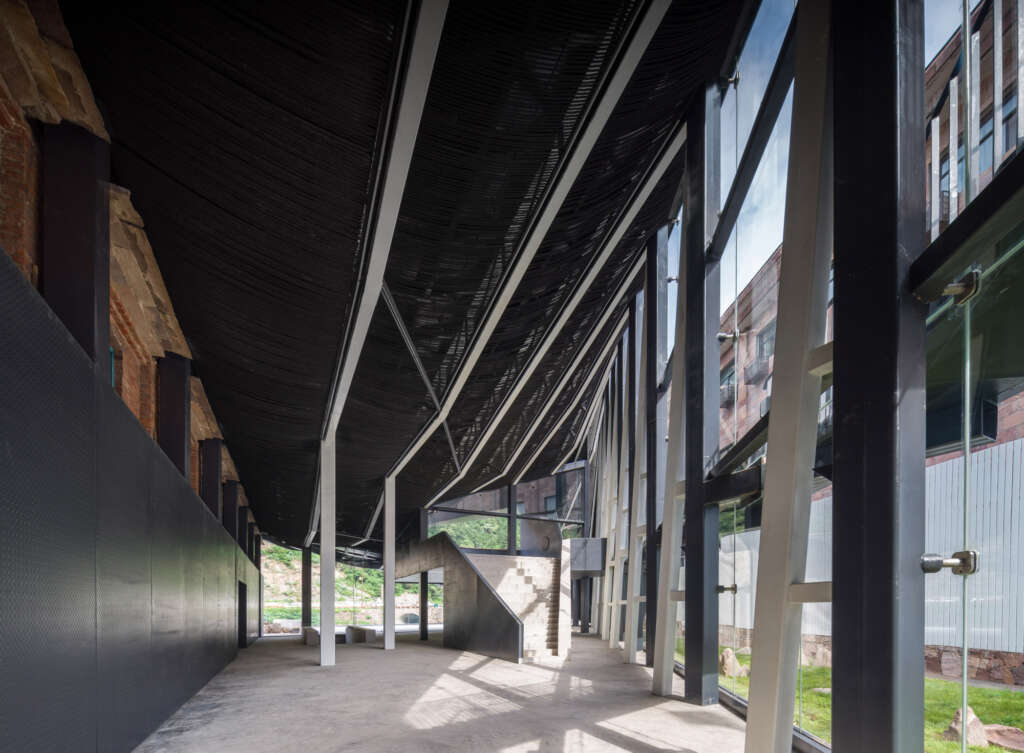
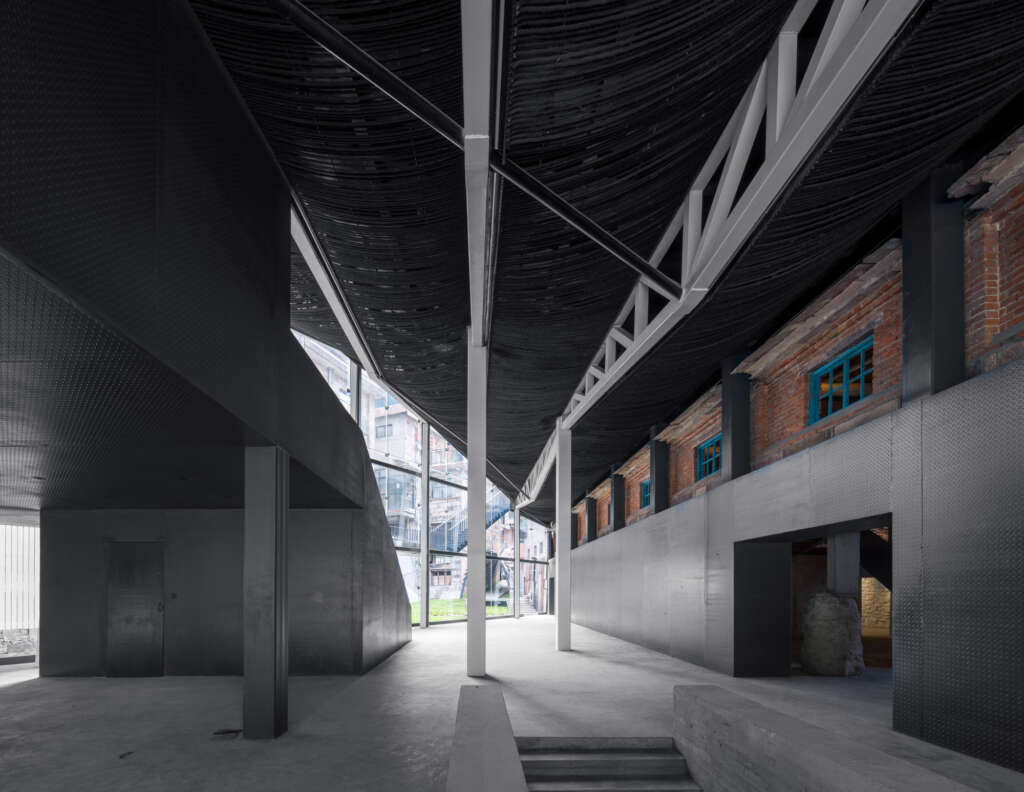
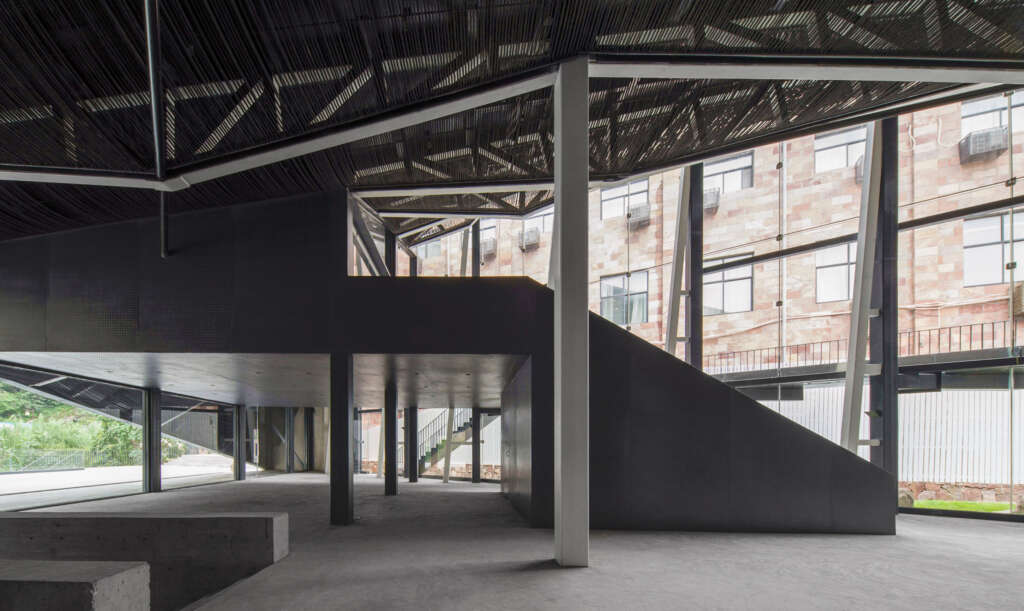
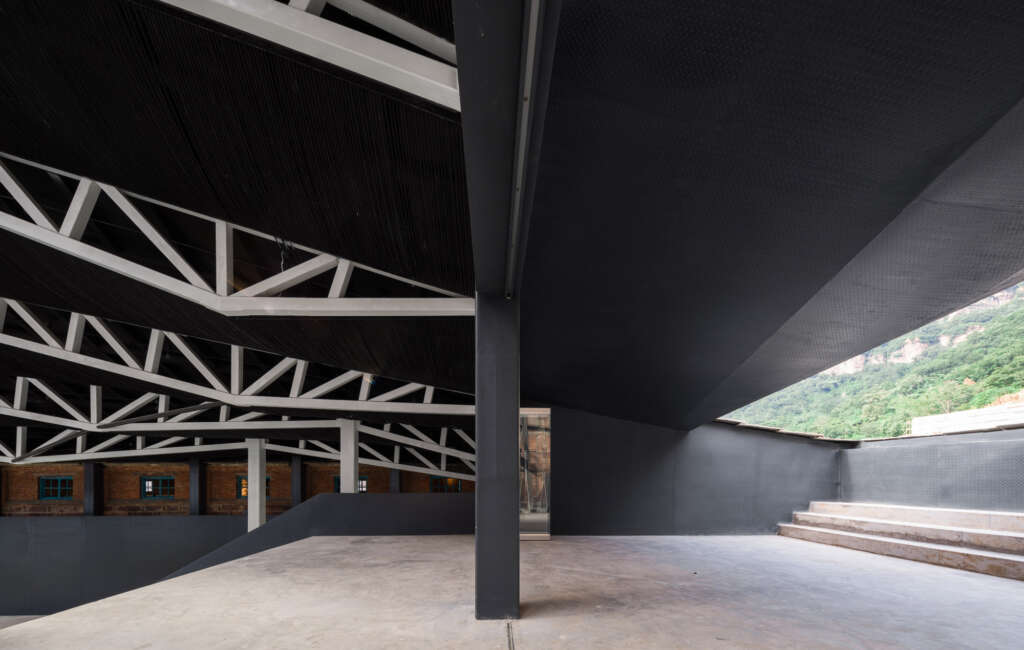
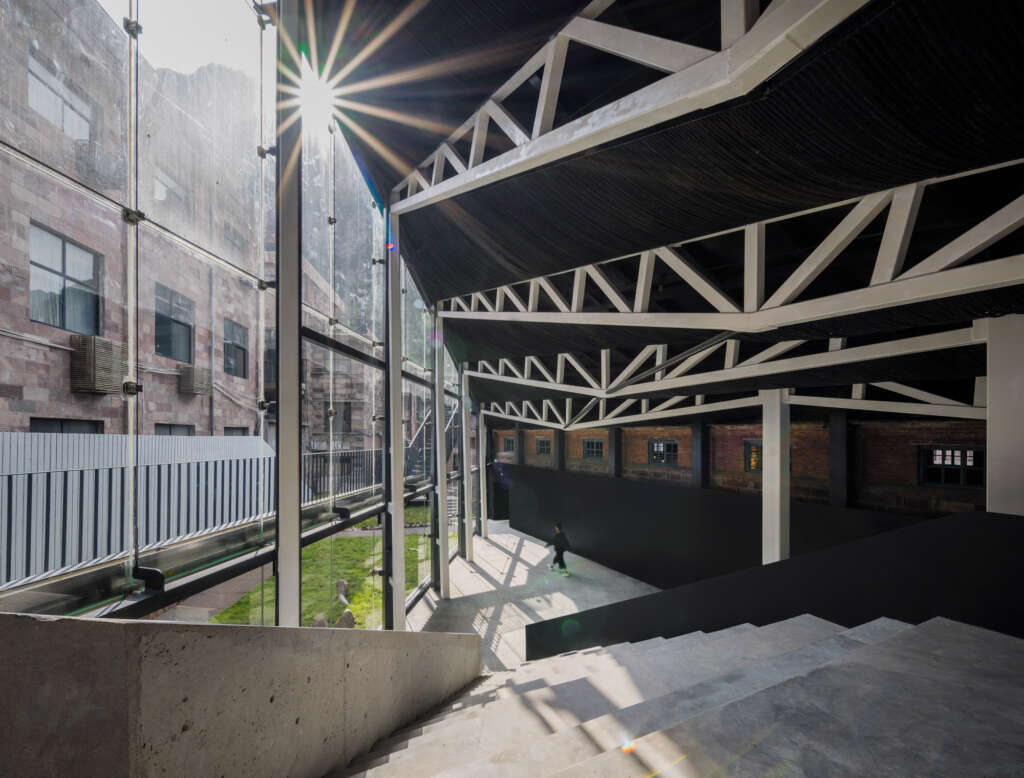
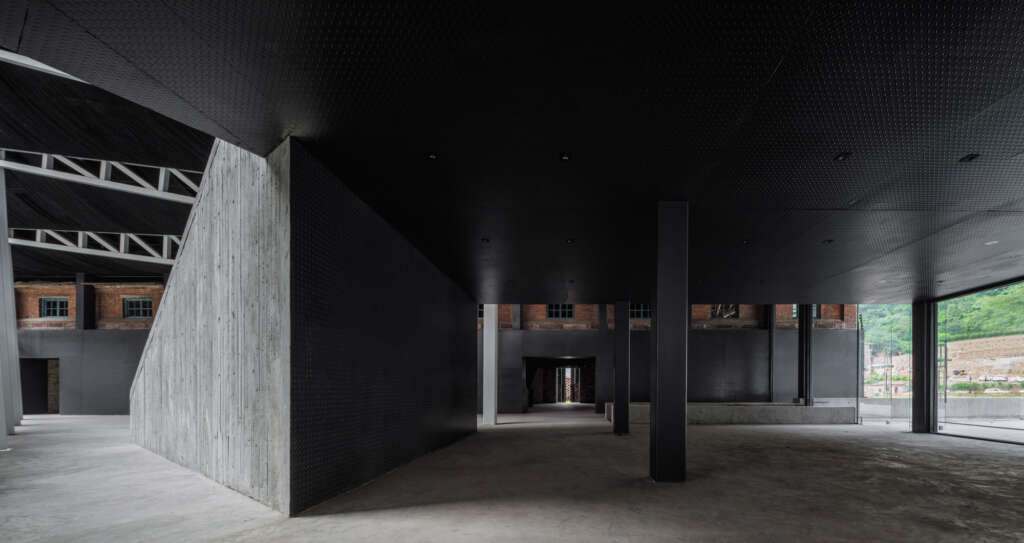
The opening and closing technique of “Kuang Ao Contrast” runs through the architectural movement lines, such as:
- At the entrance on the west side, the secluded and deep cave path – the clear and wide central courtyard – points to the deep entrance on the east side;
- Watching paintings in the living room – step into the terrace with a sense of breath and breath, and look at the mountains in the distance;
- The warehouse exhibition hall with a sense of wrapping and shelter——Linshui, viewing the mountains like “Jing Hao’s painting” from the large window;
- Deep sunken path – open view of the restaurant (21 square meters of glass);
- A continuous path goes up to the roof—the view is suddenly opened in the cramped environment, and the roof is surrounded by natural valleys.
Public Art Fields with Fuzzy Functions
Community Vision
Shibanyan Town can be regarded as a slice of the changes of Chinese cities and towns. The culture and way of life continue after each break (Doctrine of Duration). The paintings of Jing Hao and Guo Xi have been eulogized from the Northern Song Dynasty to the present. Due to the lack of water, the residents of the plains ventured into this forest and mountain to settle down. There are still relics of the inn during the Republic of China; until the 1970s and 1980s, Shibanyan Town was still an underdeveloped area due to lack of cultivated land; , with the development of the commodity economy and the expansion of labor export, the outline of the street space of villages and towns was initially established; after the new millennium, the endowment of mountains and rivers led to the rise of the tourism industry, and the tertiary industry of catering, commerce, and accommodation serving sketching and tourism gradually formed , but it is mainly an imported and homogeneous business model; in recent years, new topics have been raised around the industrial upgrading of the “Valley of Chinese Painting” to create a connection between local residents, artists, sketching students, the government, and tourists. Community sustainable lifestyle?
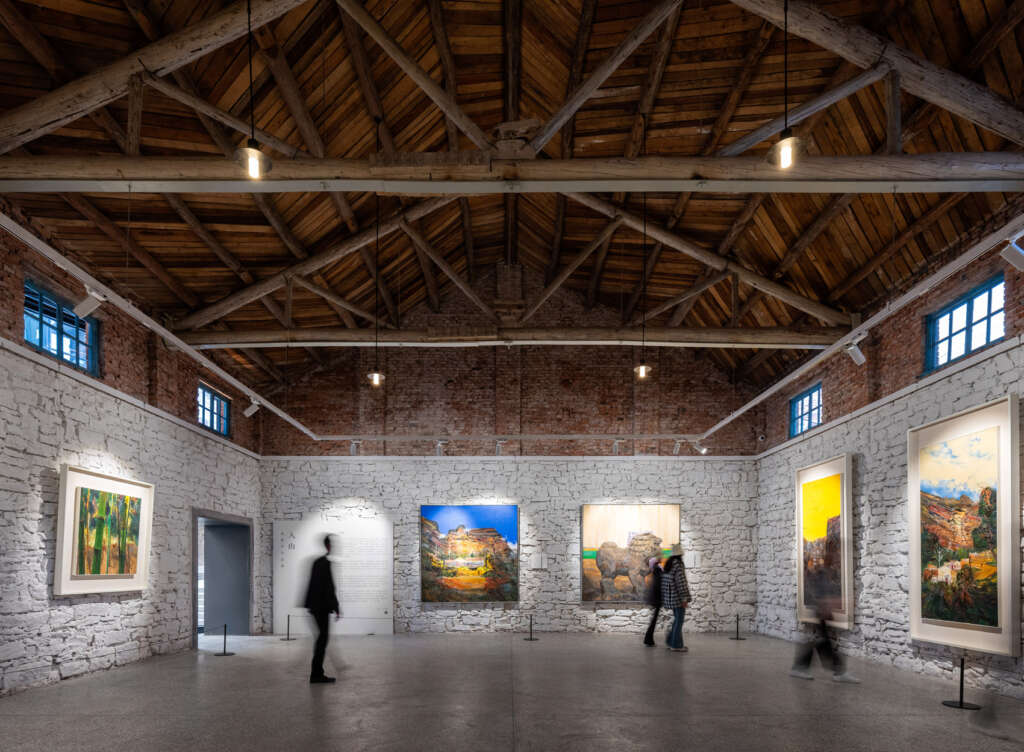
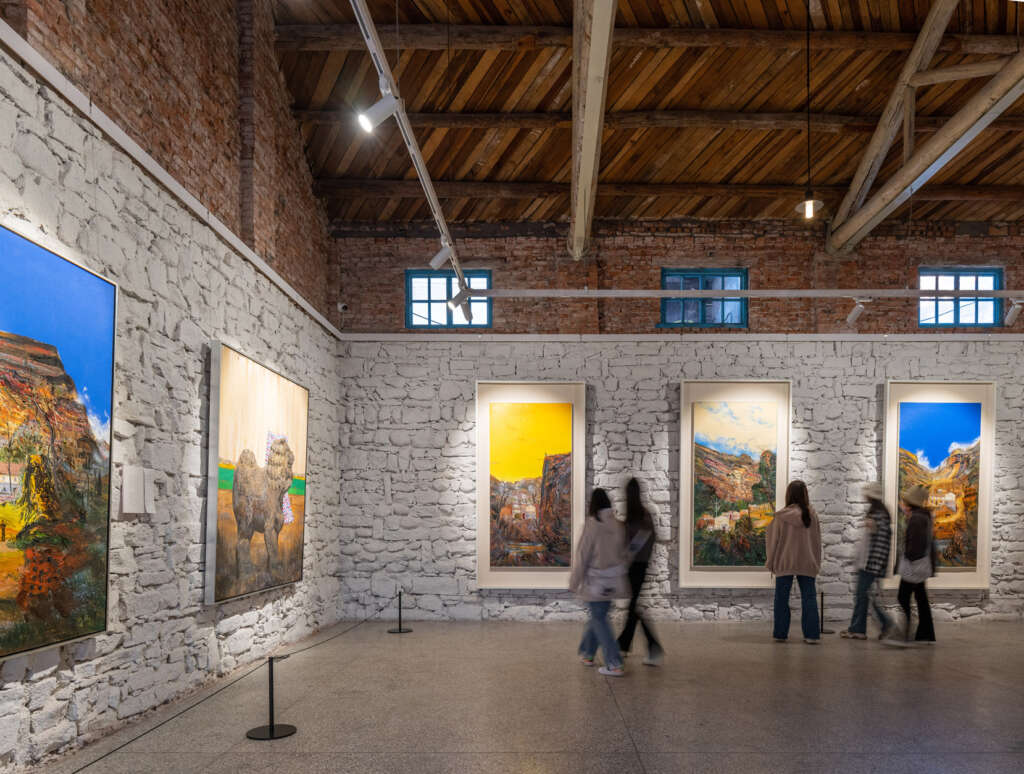
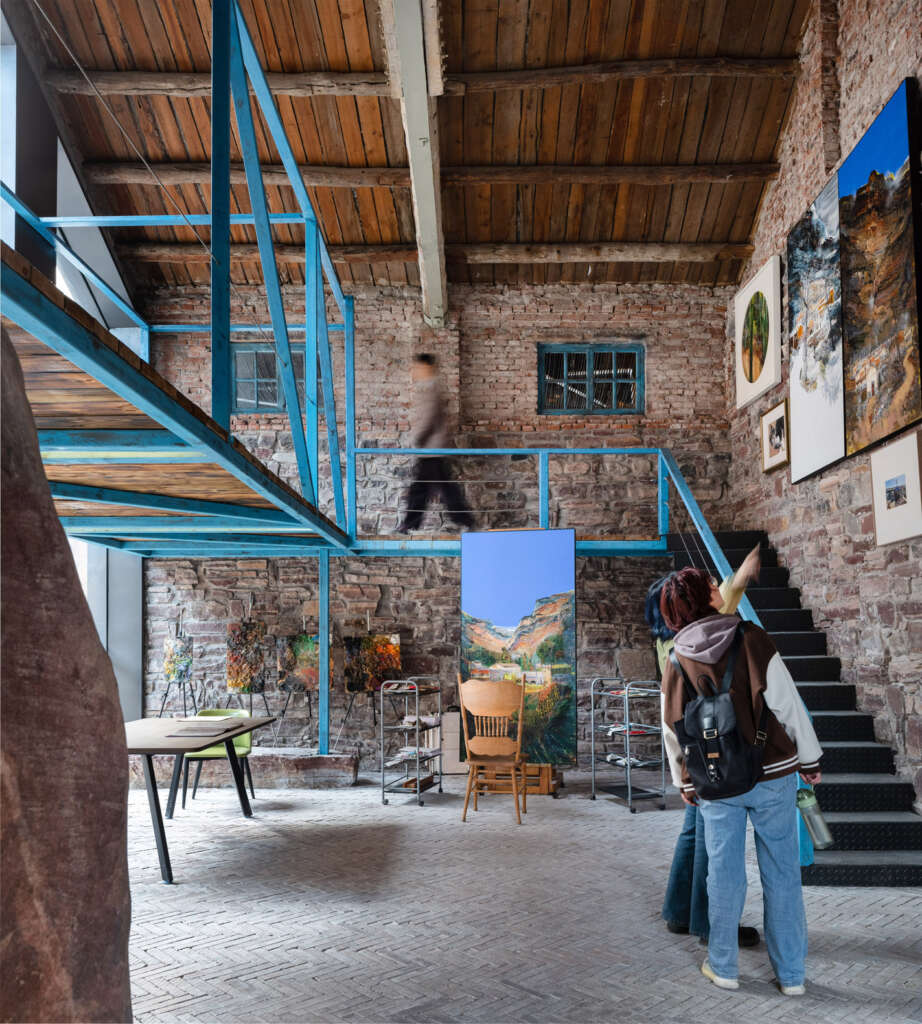
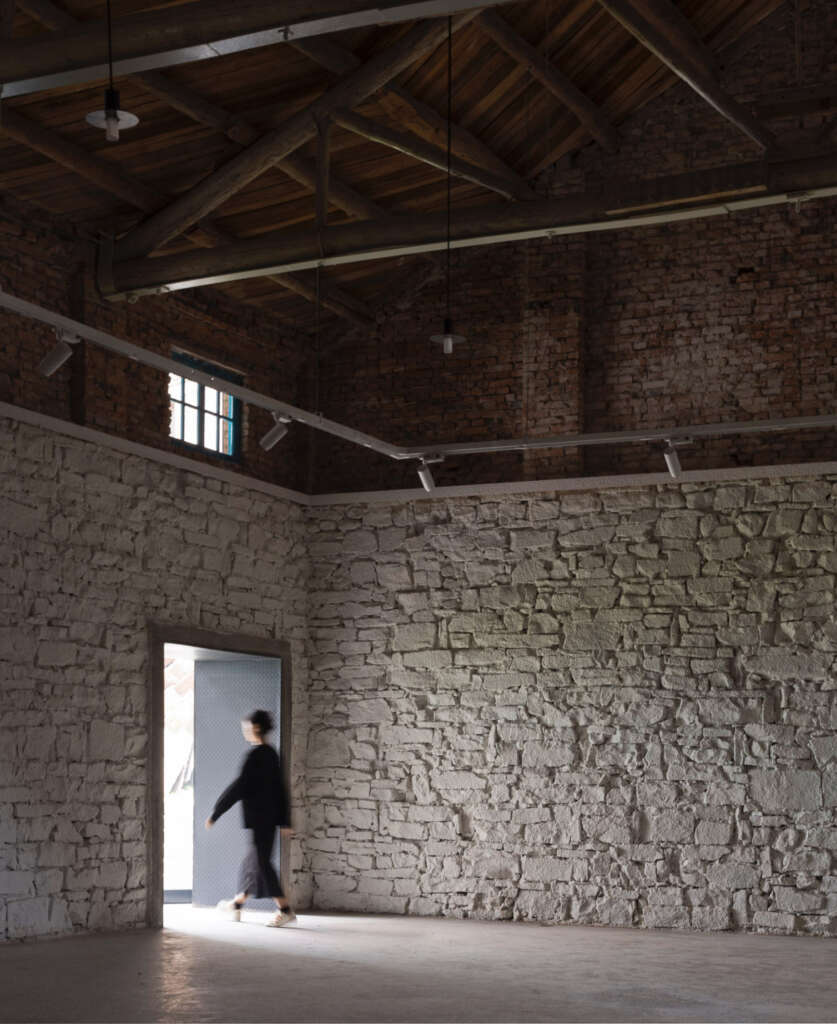
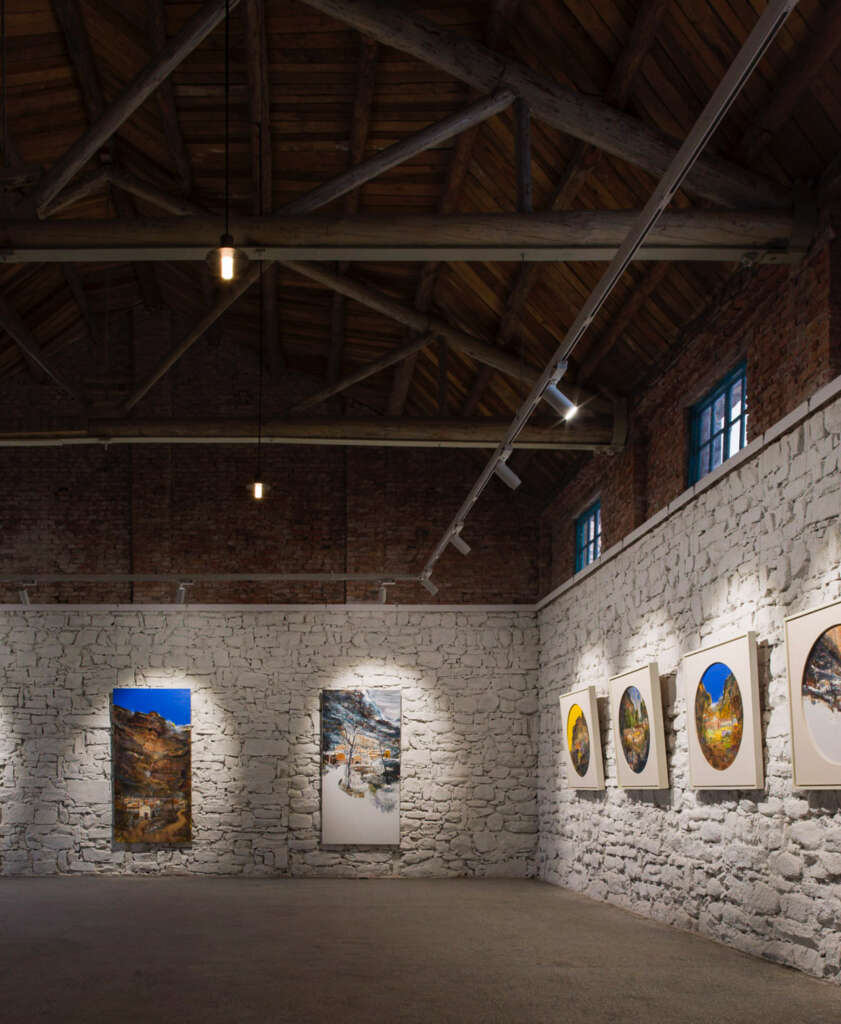
Shibanyan Town can be regarded as a slice of the changes of Chinese cities and towns. The culture and way of life continue after each break (Doctrine of Duration). The paintings of Jing Hao and Guo Xi have been eulogized from the Northern Song Dynasty to the present. Due to the lack of water, the residents of the plains ventured into this forest and mountain to settle down. There are still relics of the inn during the Republic of China; until the 1970s and 1980s, Shibanyan Town was still an underdeveloped area due to lack of cultivated land; , with the development of the commodity economy and the expansion of labor export, the outline of the street space of villages and towns was initially established; after the new millennium, the endowment of mountains and rivers led to the rise of the tourism industry, and the tertiary industry of catering, commerce, and accommodation serving sketching and tourism gradually formed , but it is mainly an imported and homogeneous business model; in recent years, new topics have been raised around the industrial upgrading of the “Valley of Chinese Painting” to create a connection between local residents, artists, sketching students, the government, and tourists. Community sustainable lifestyle?
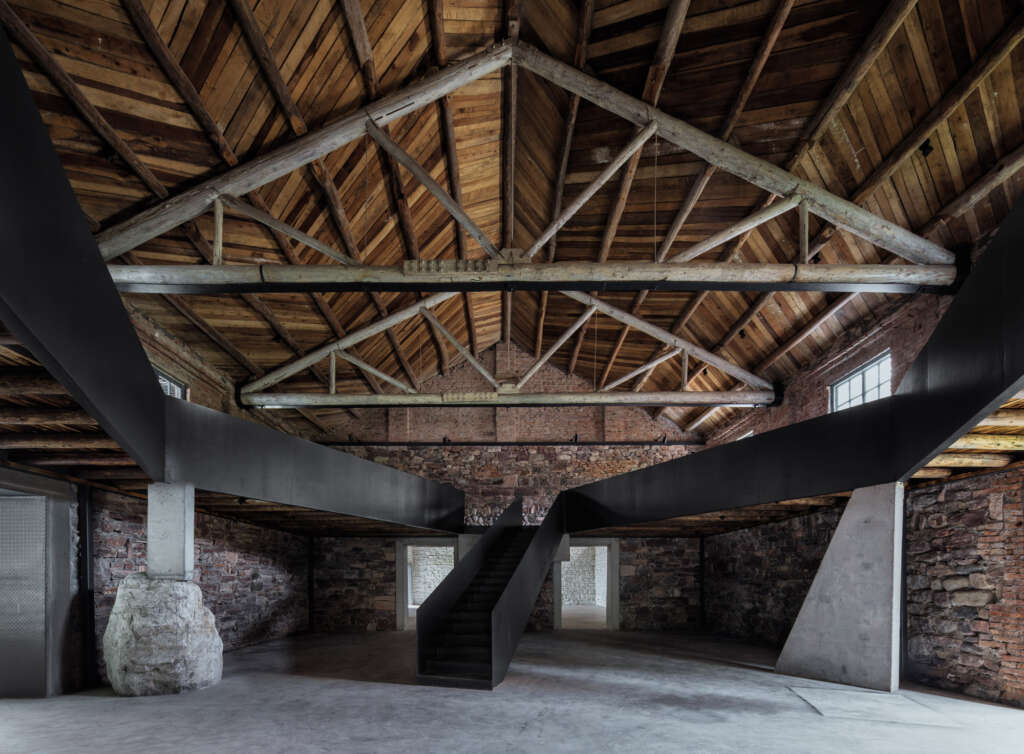
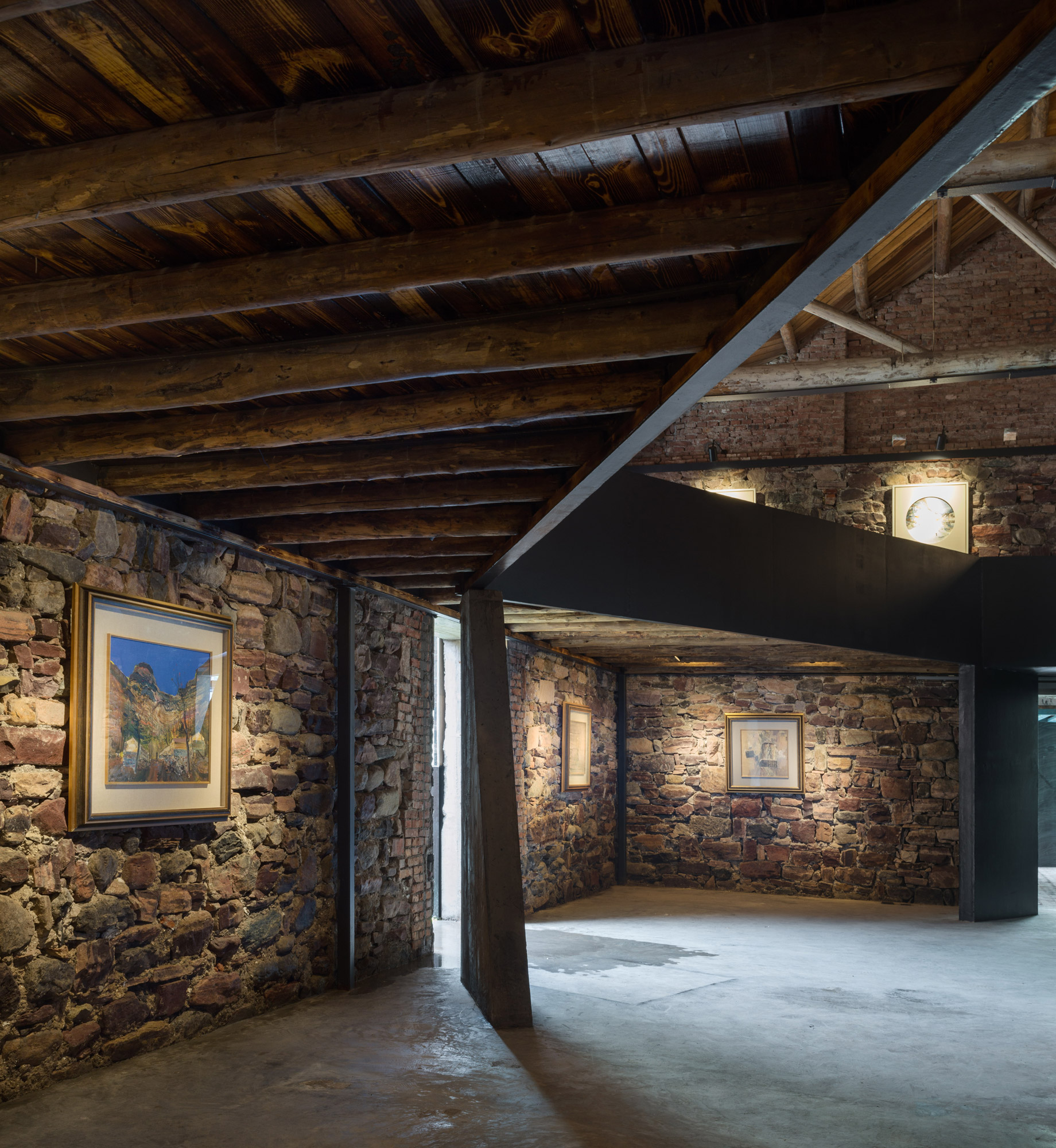
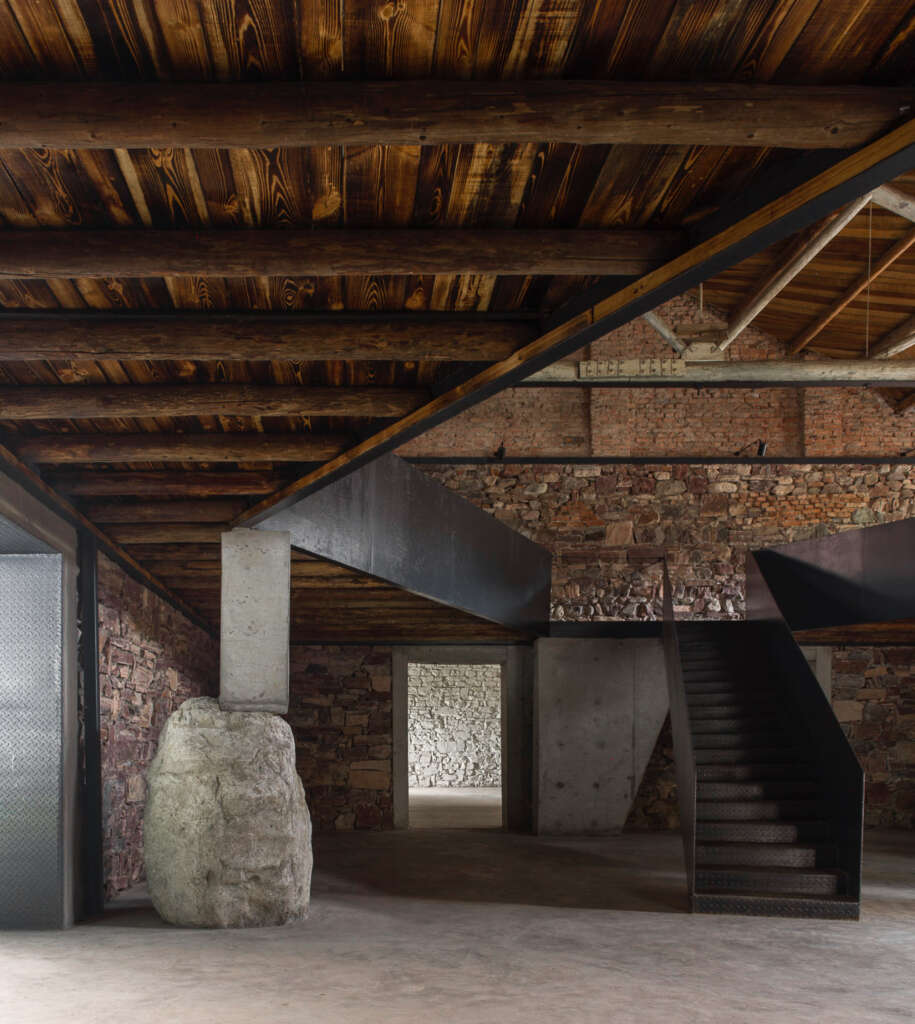
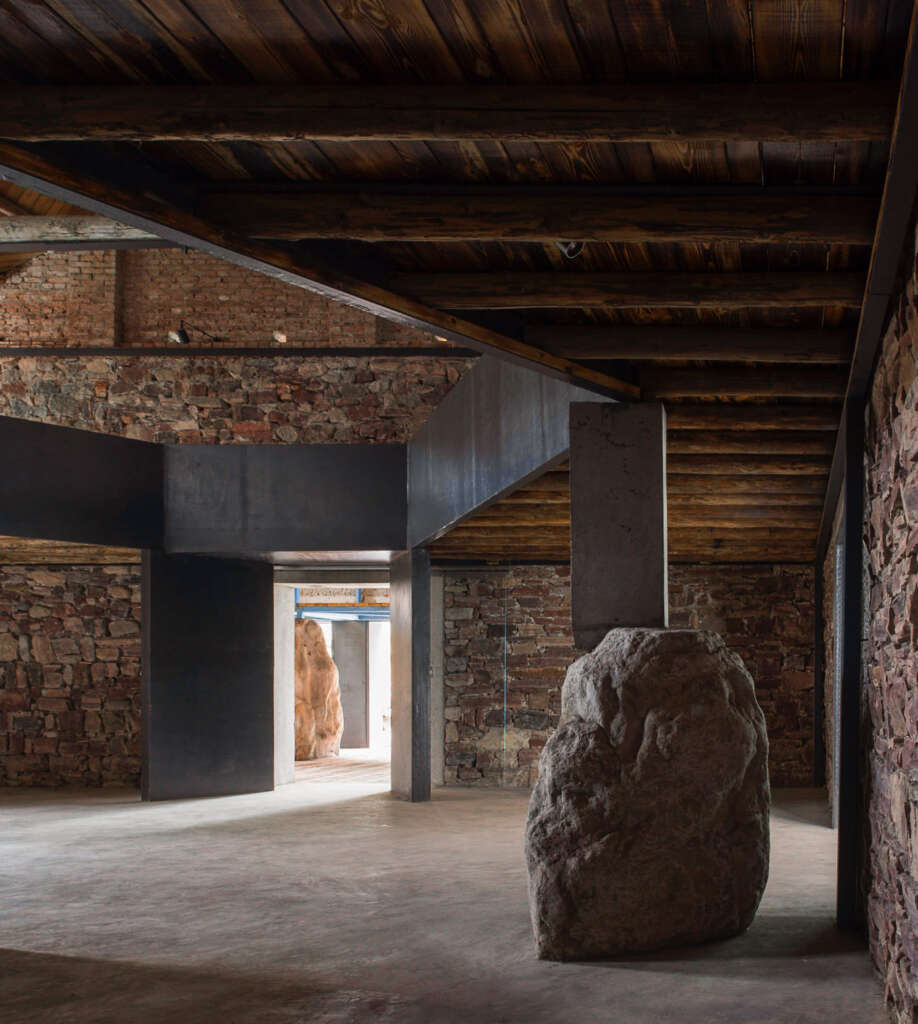
Space not precisely defined
Compared with the precise definition of use, lack of variability, and admirable art museums, it is more expected to practice a participatory public art in a local context. It becomes the background of daily life, a place where people communicate and gather, it has multiple identities rather than a single one, it provides free space arrangement, inspires possibilities, is flexible and variable, has multiple sensory feelings, and becomes a community life over time Open gradually.
Compared with the precise definition of use, lack of variability, and admirable art museums, it is more expected to practice a participatory public art in a local context. It becomes the background of daily life, a place where people communicate and gather, it has multiple identities rather than a single one, it provides free space arrangement, inspires possibilities, is flexible and variable, has multiple sensory feelings, and becomes a community life over time Open gradually.
The ambiguity of the art museum is more reflected in the outdoor space, with multiple entrances and through paths connecting the river bank and the street. There are also multi-level open platforms on the side of the water. First, the channel next to the water, which undertakes the flow of people from the tourist parking lot on the north side to the town; The barbecue booth is convenient for tourists and feeds back the operation of the art gallery. During the day, students sketch here, and children play and play; 3. The roof of the restaurant becomes a place for art conferences and social activities, and at night it becomes a stage for
community square dances. The mountain viewing terrace on the building and the walkway (wedding corridor) on the roof also endow public life with multiple imaginations. We look forward to triggering the Medici effect here, and a public art field of inclusiveness and humanistic care will be launched.
Project Details
- Project Name: Taihang Xinyu Art Museum
- Project location: Shibanyan Town, Henan Province, China
- Area: 1500 ㎡
- Project Type: Rural Revitalization, Old Building Renovation
- Completion time: October, 2022
- Artist: Meng Xinyu
- Client Name: Taihang Xinyu Art Museum
- Design Company: Wang Chong Studio
- Chief Designer: Wang Chong
- Design guidance: Mr. Zhang Baowei, Zhang Yifei, Zhang Dongguang
- Construction: Shi Yusheng, Zhao Cun
- Deepening and Construction: Dang Fuzan, Huaan Installation Engineering Co., Ltd.
- Architectural Photography: Zhu Yumeng Coppak Studio


